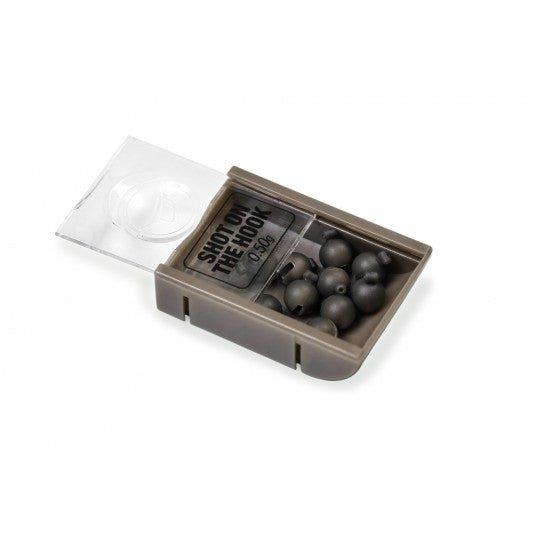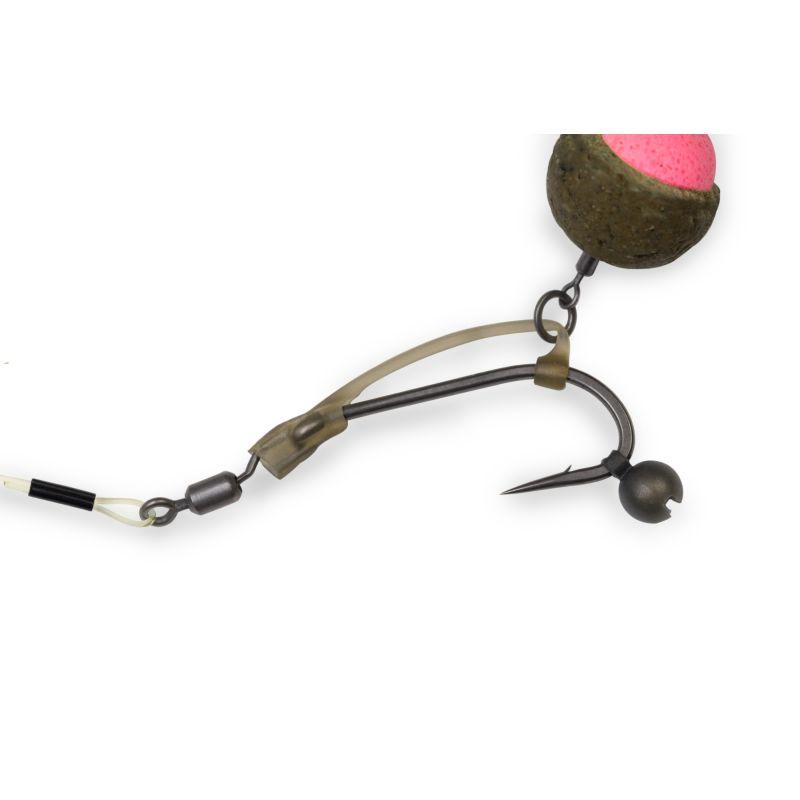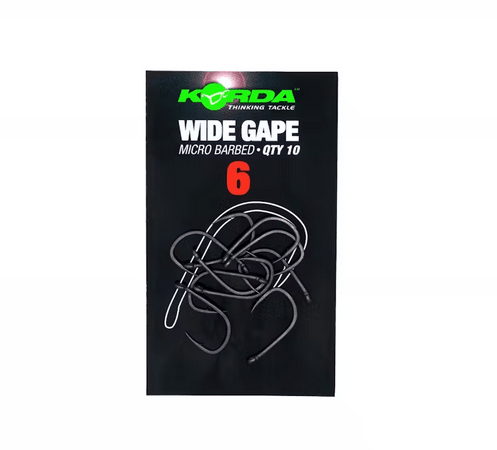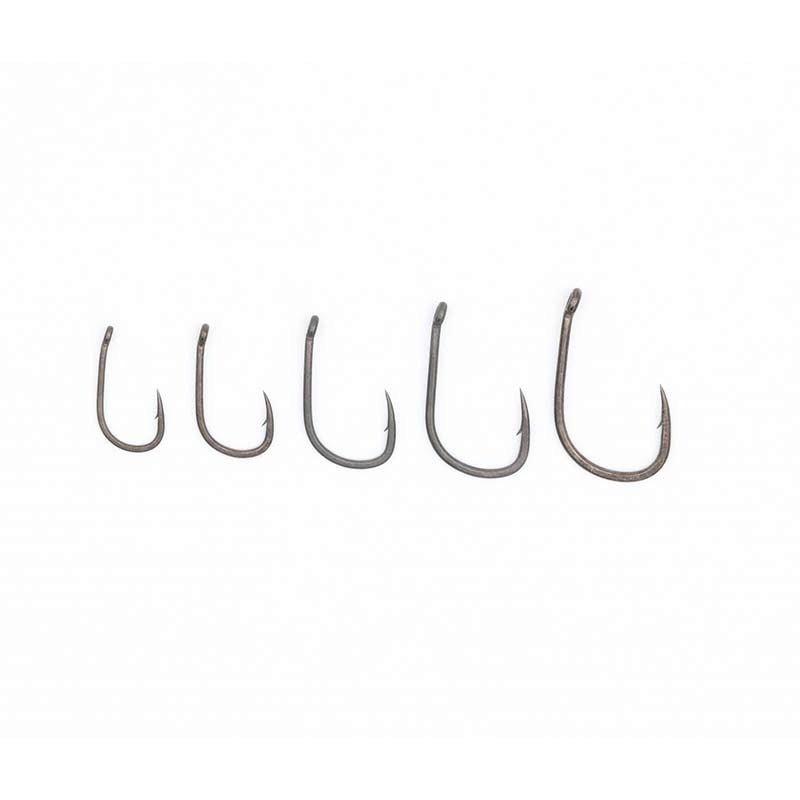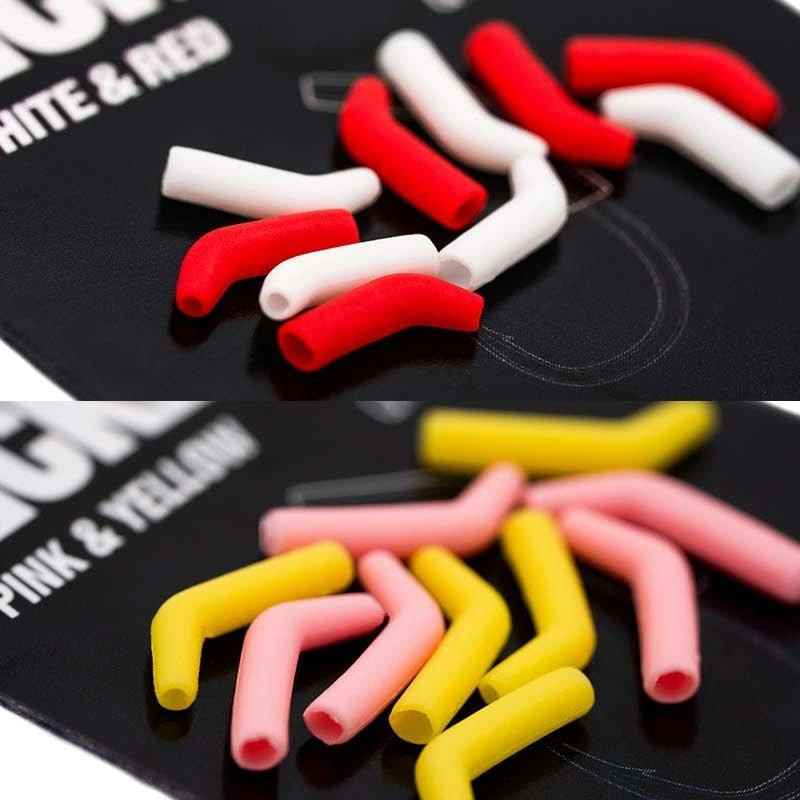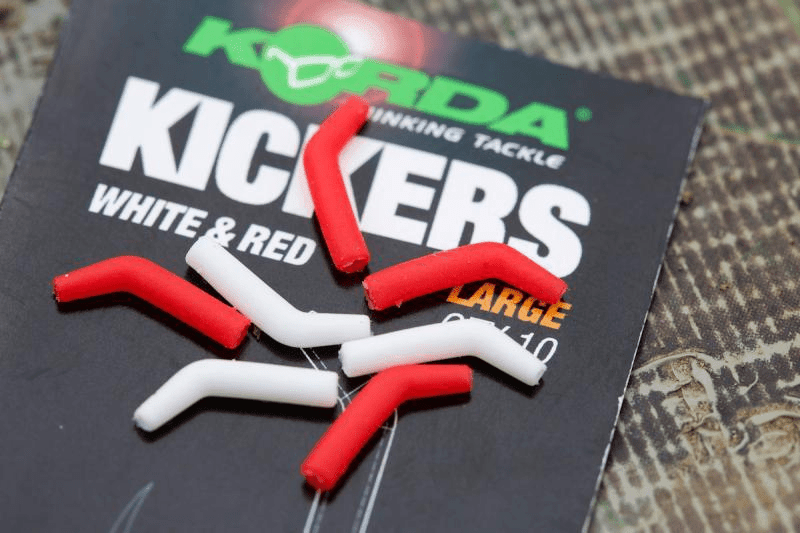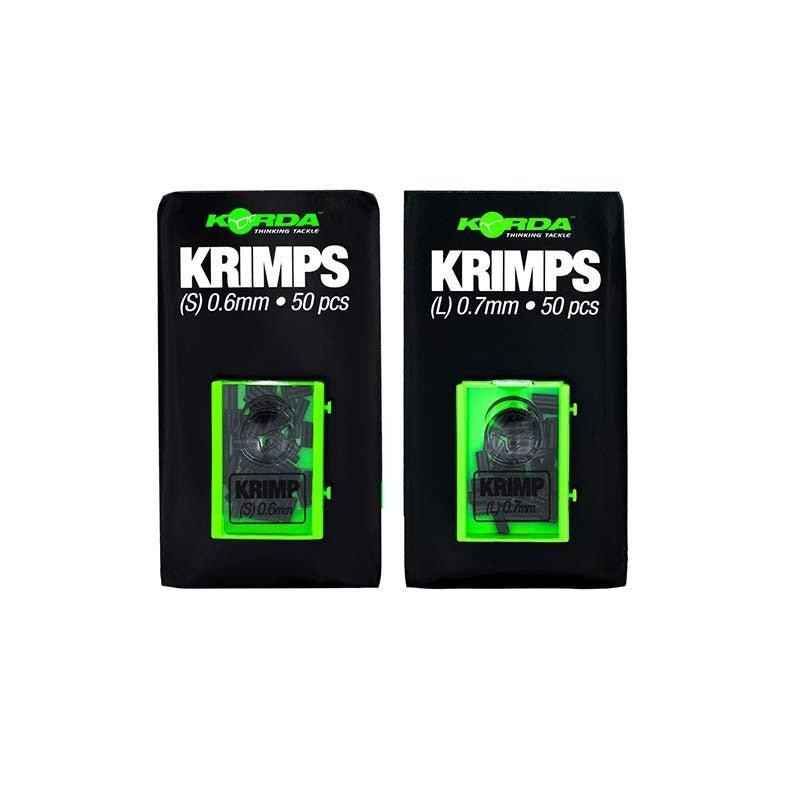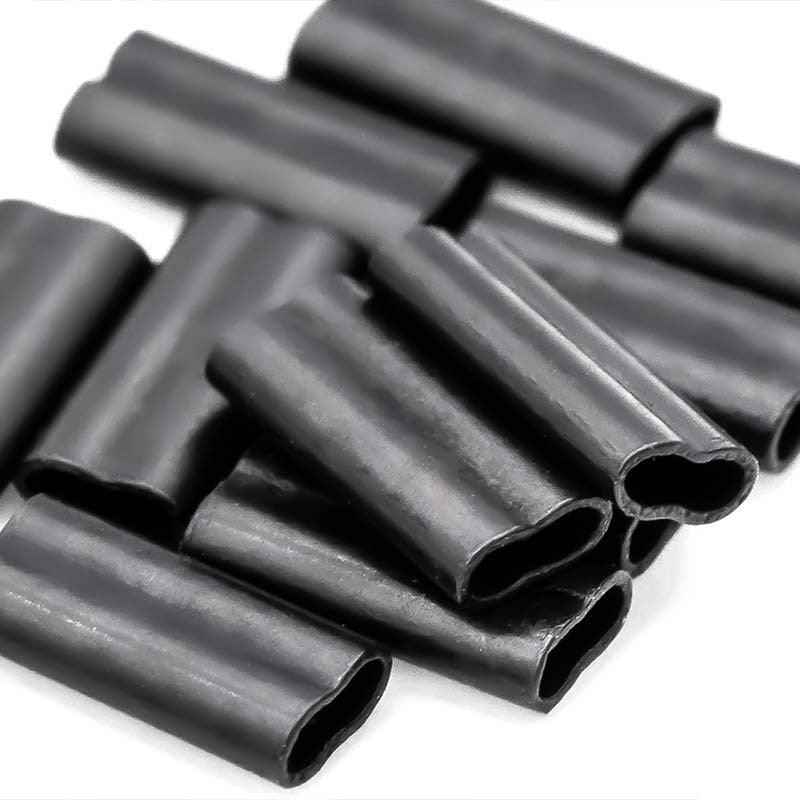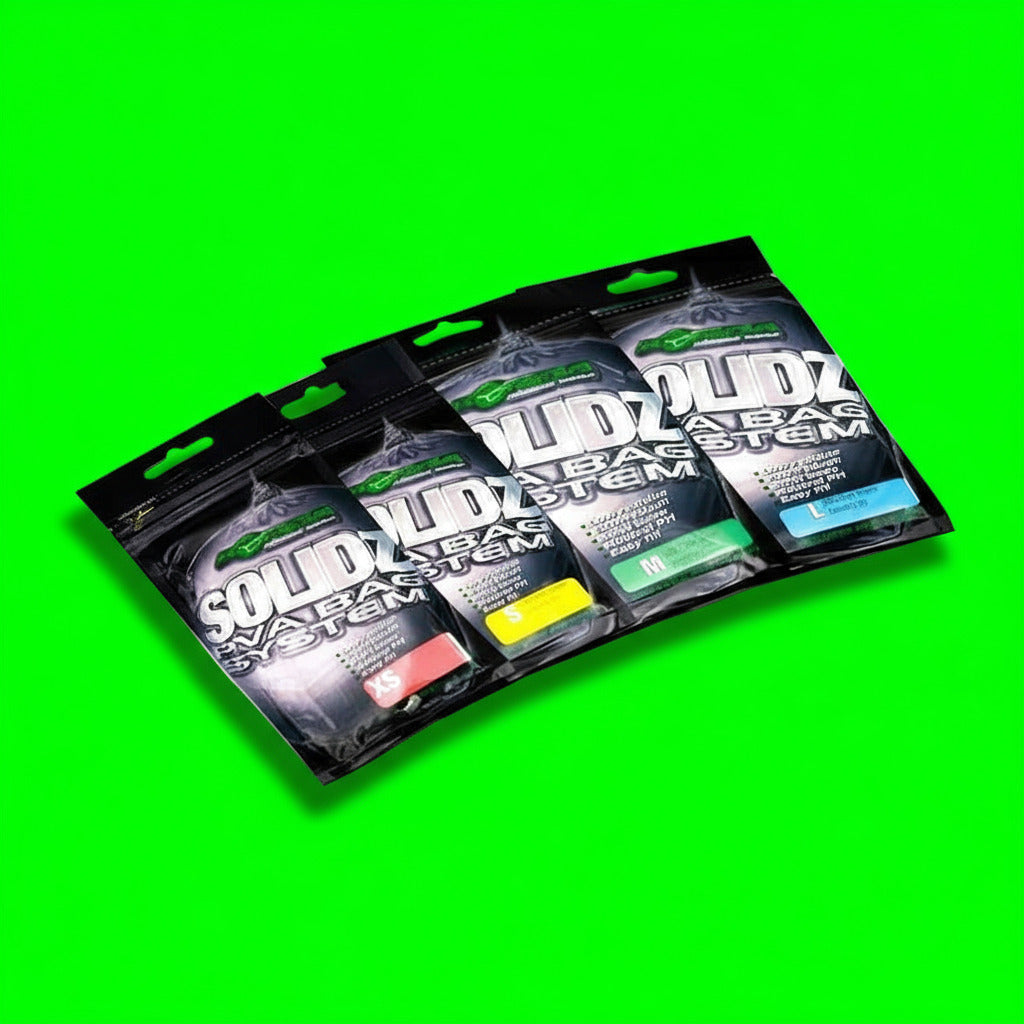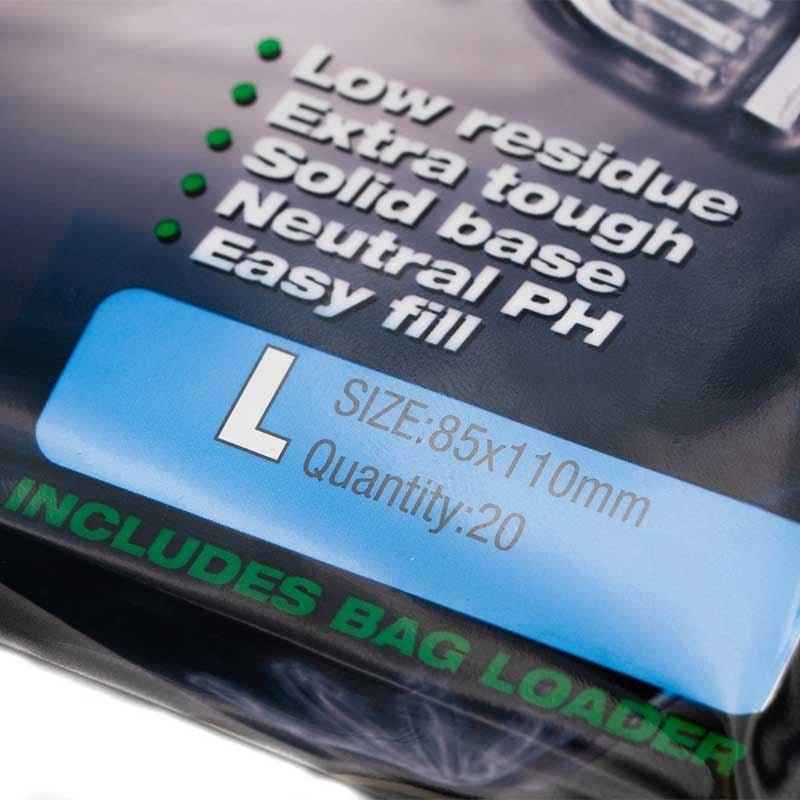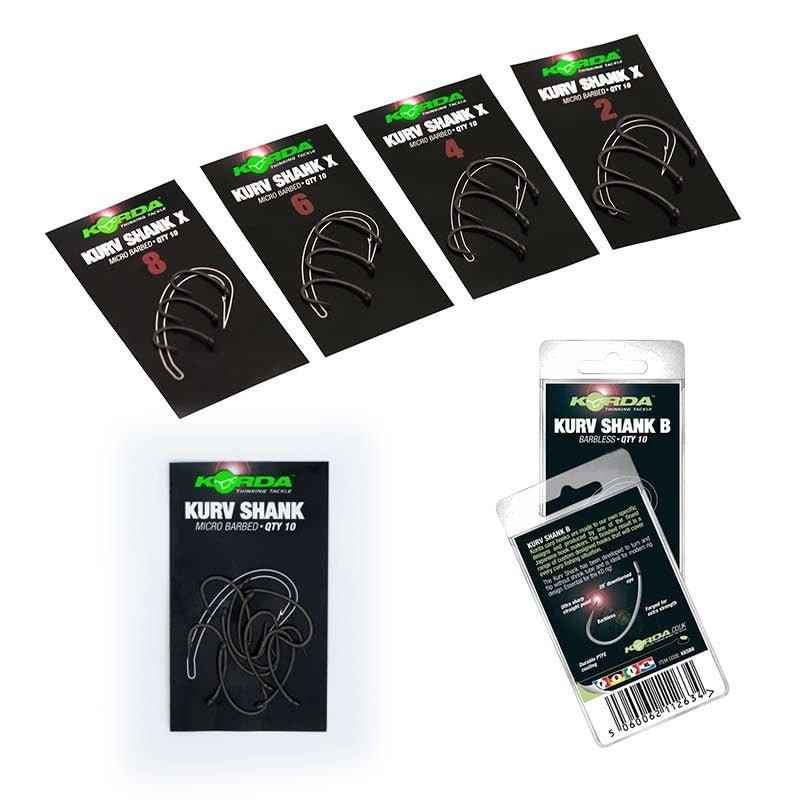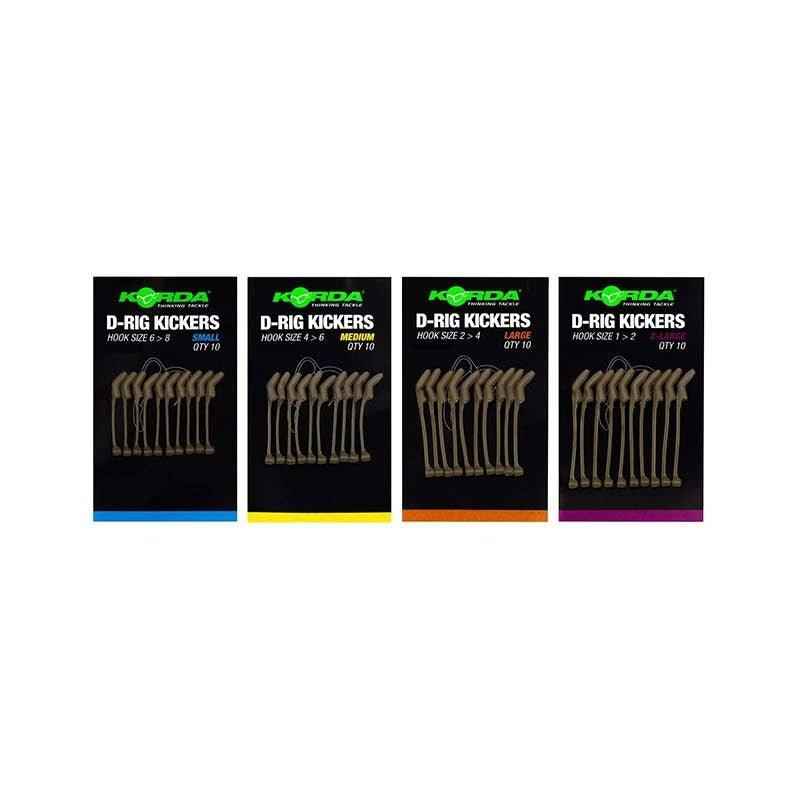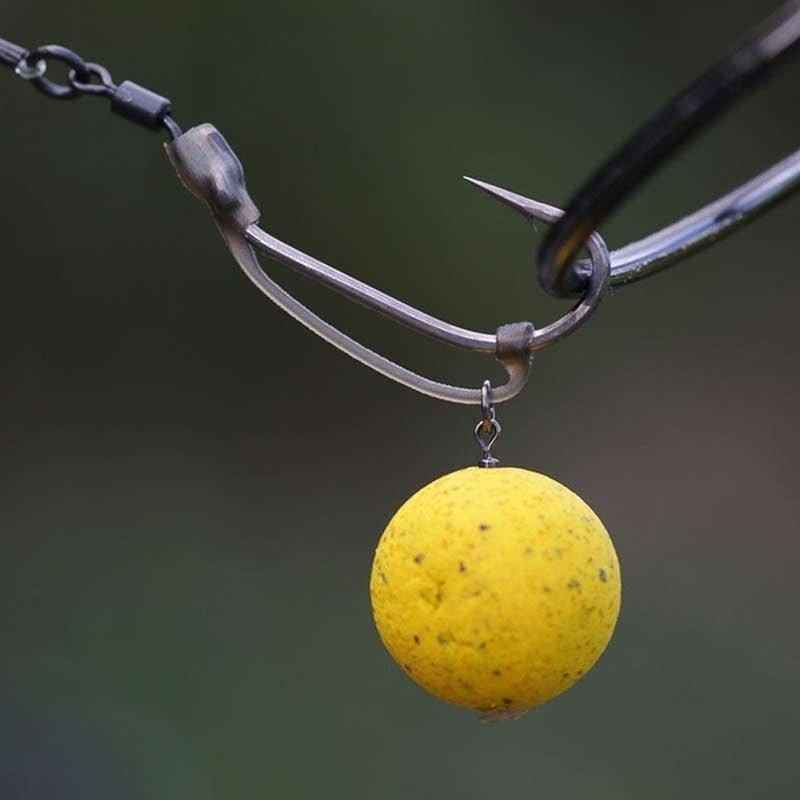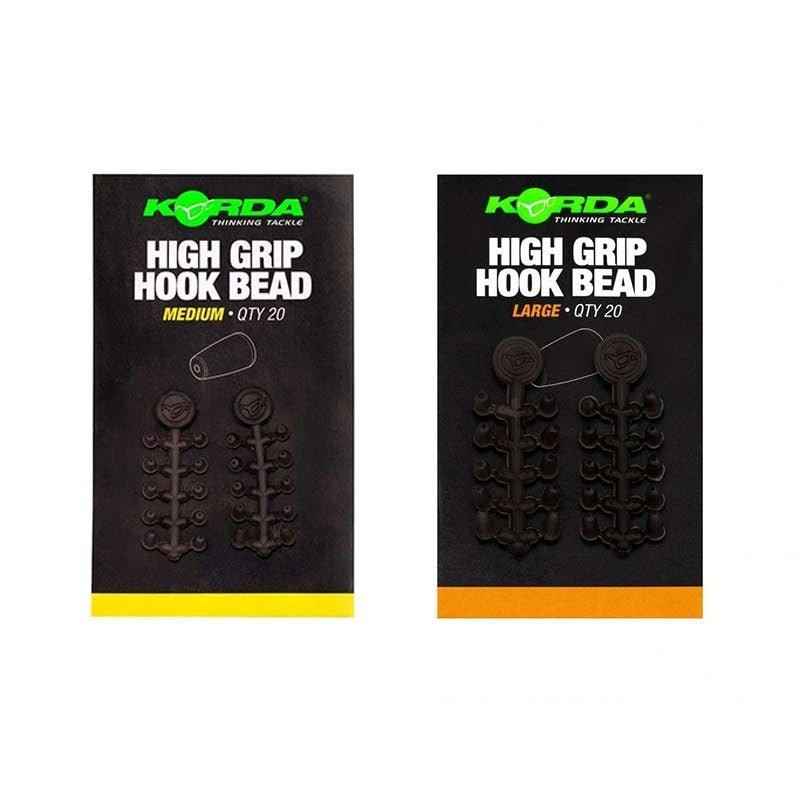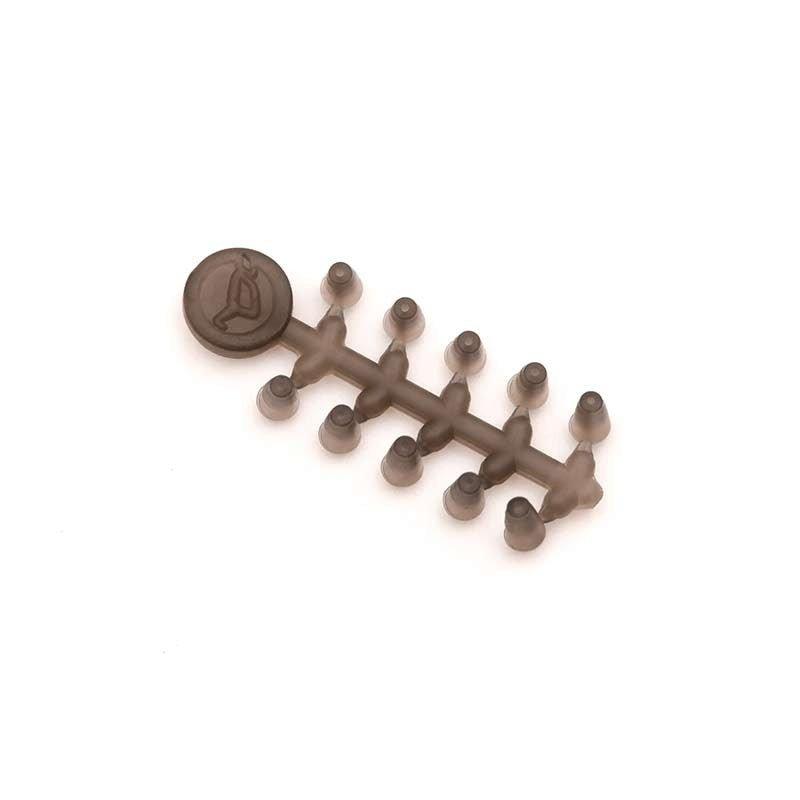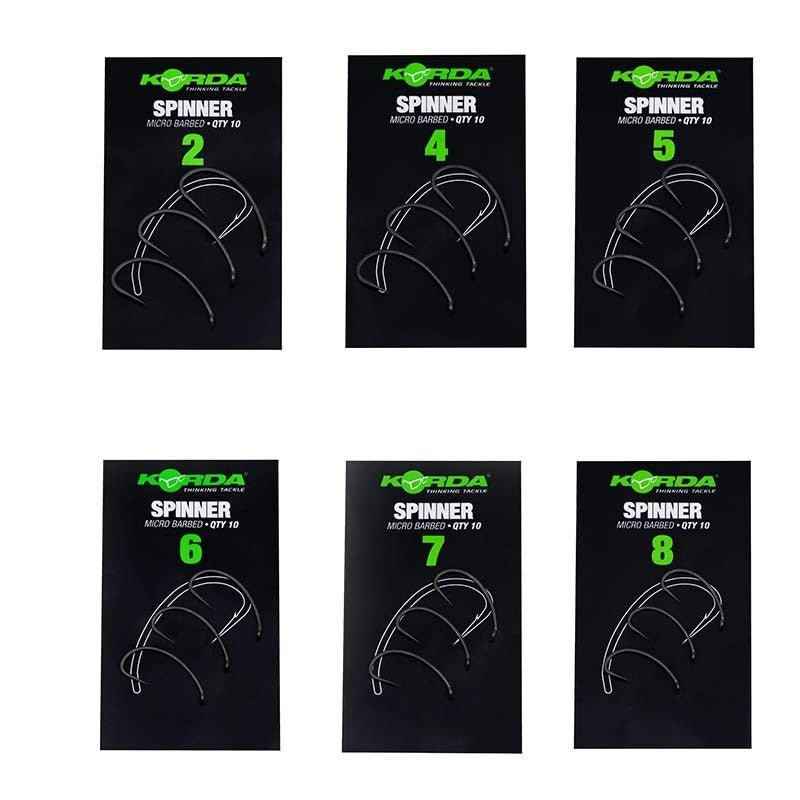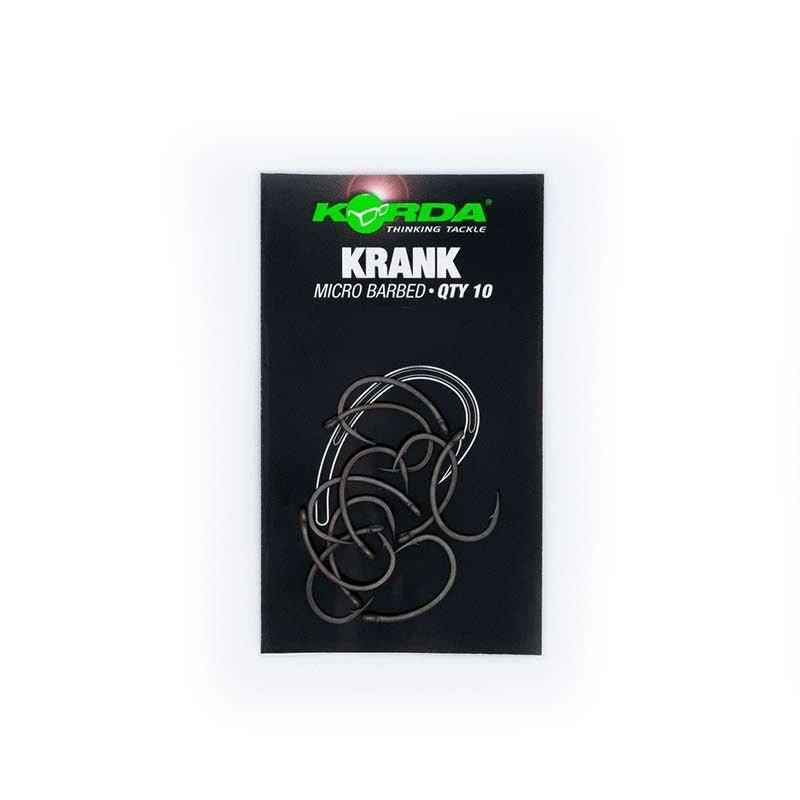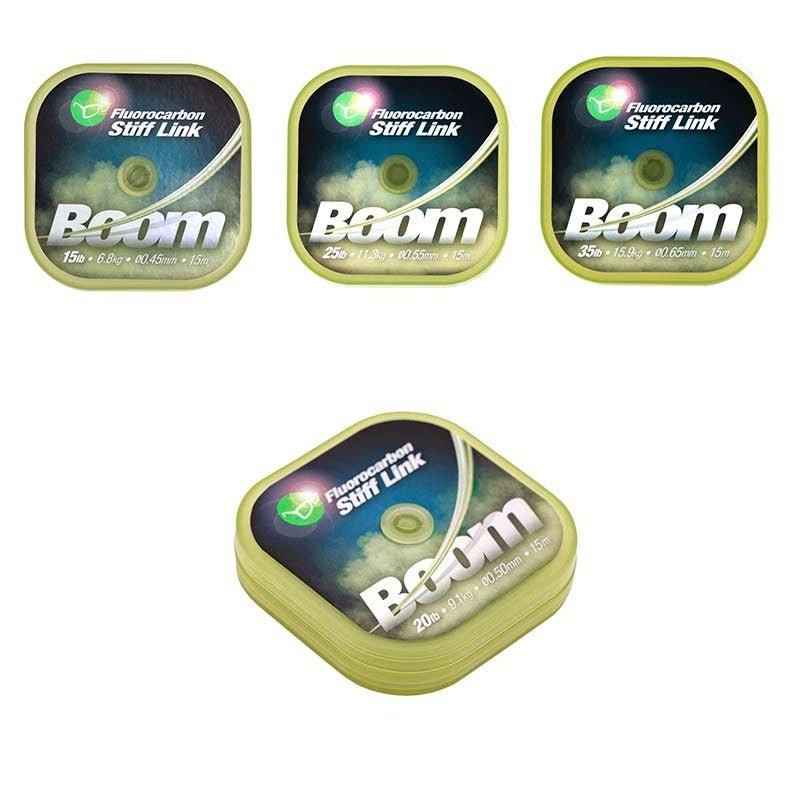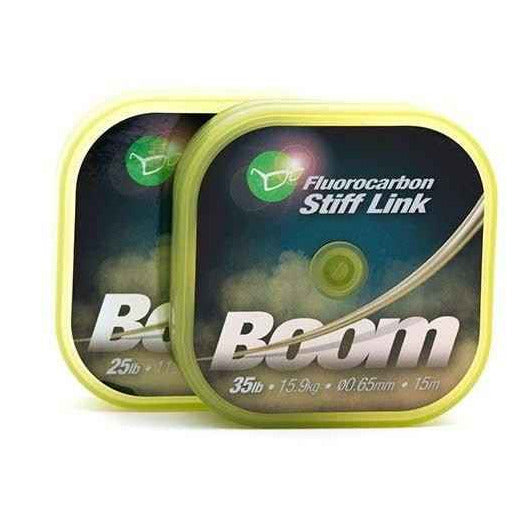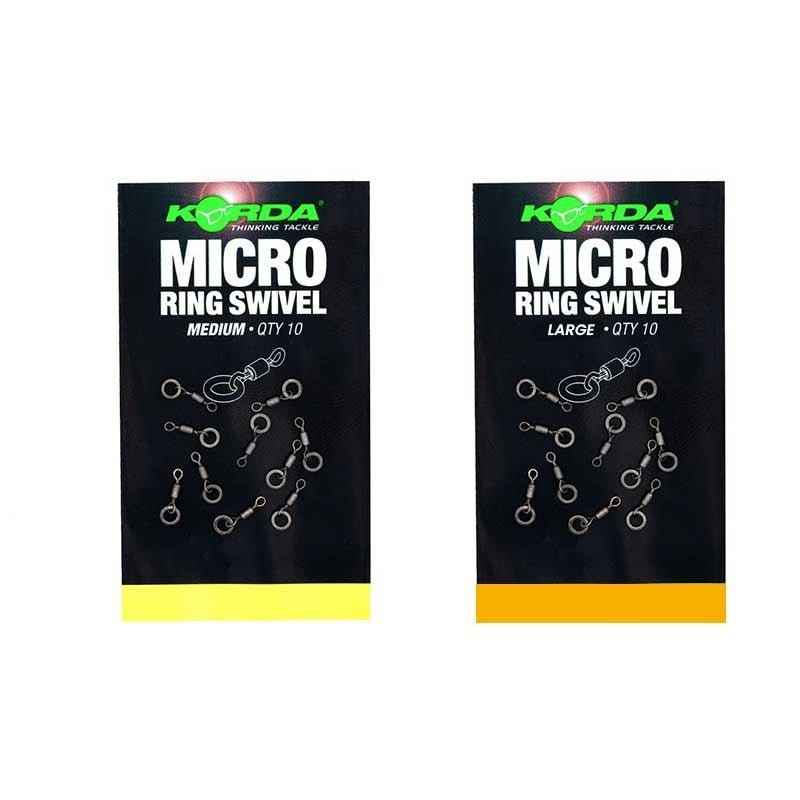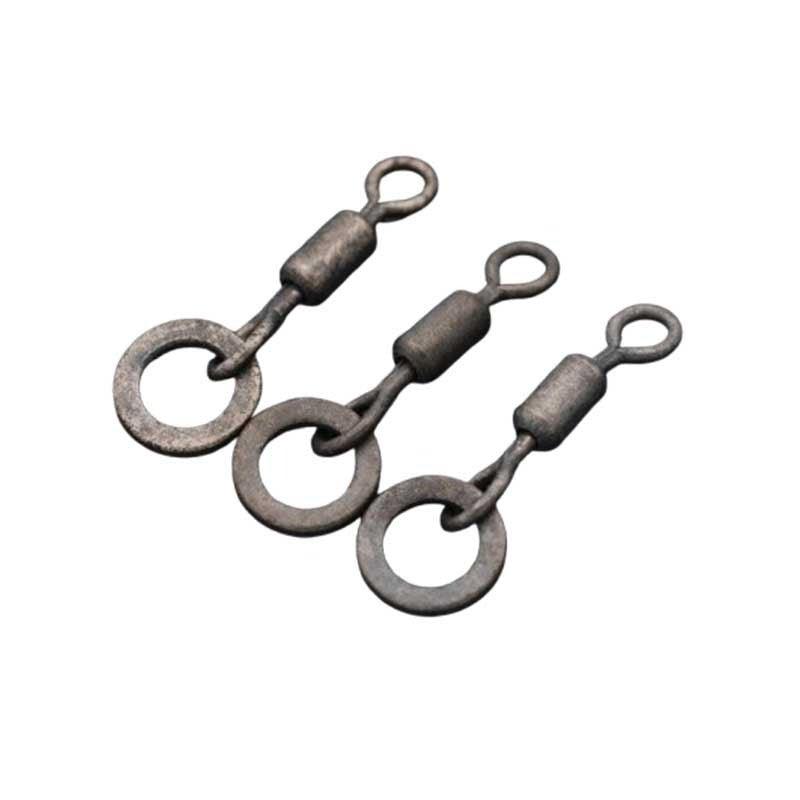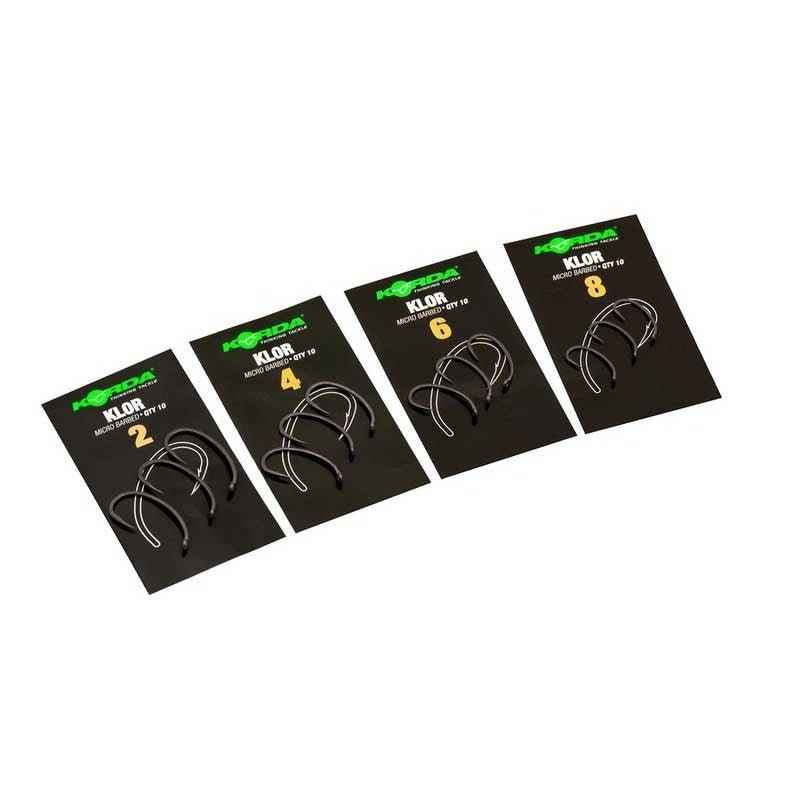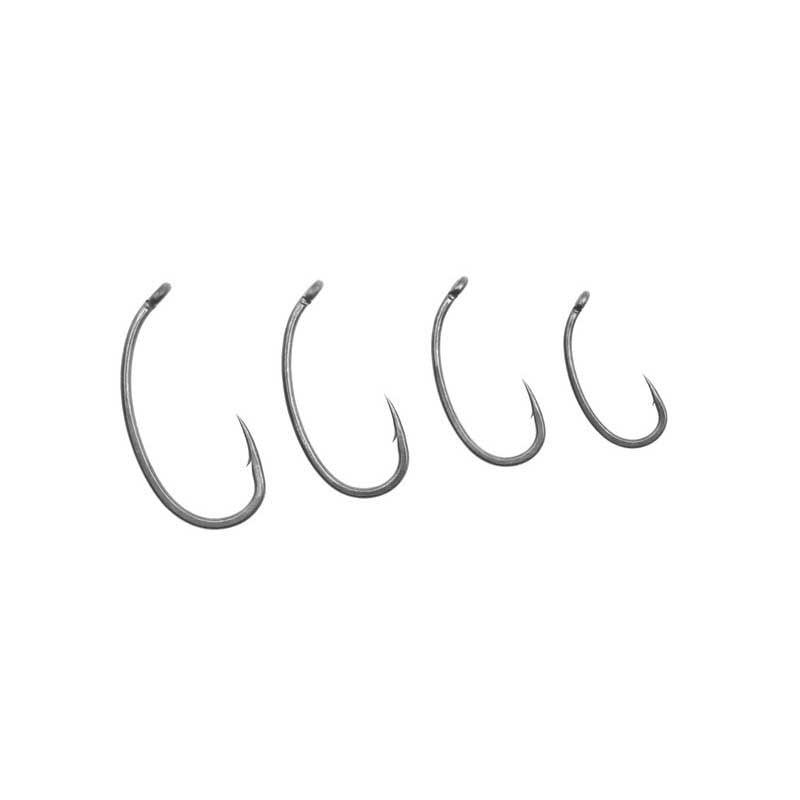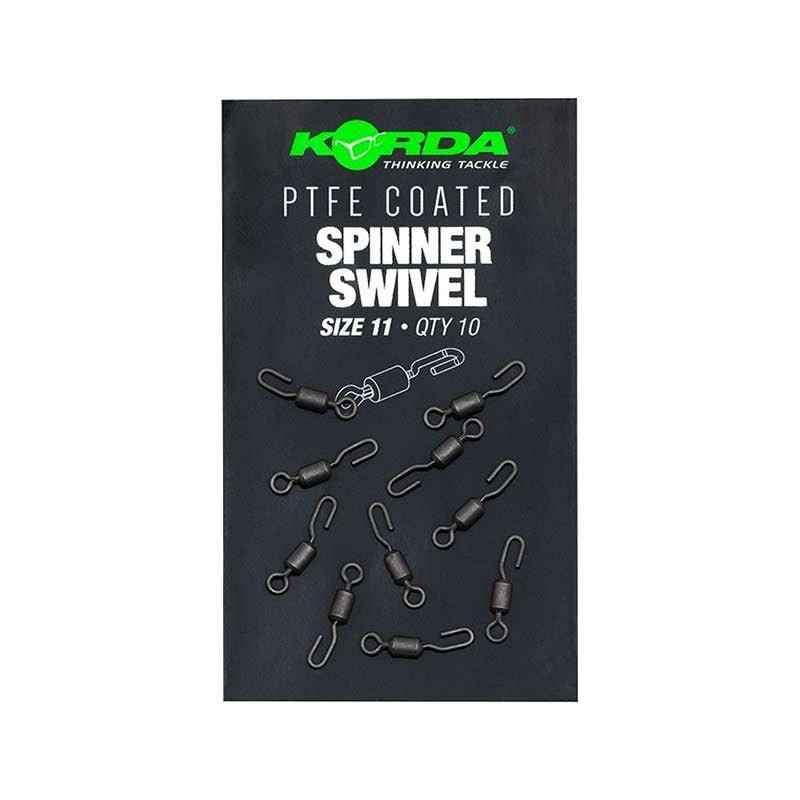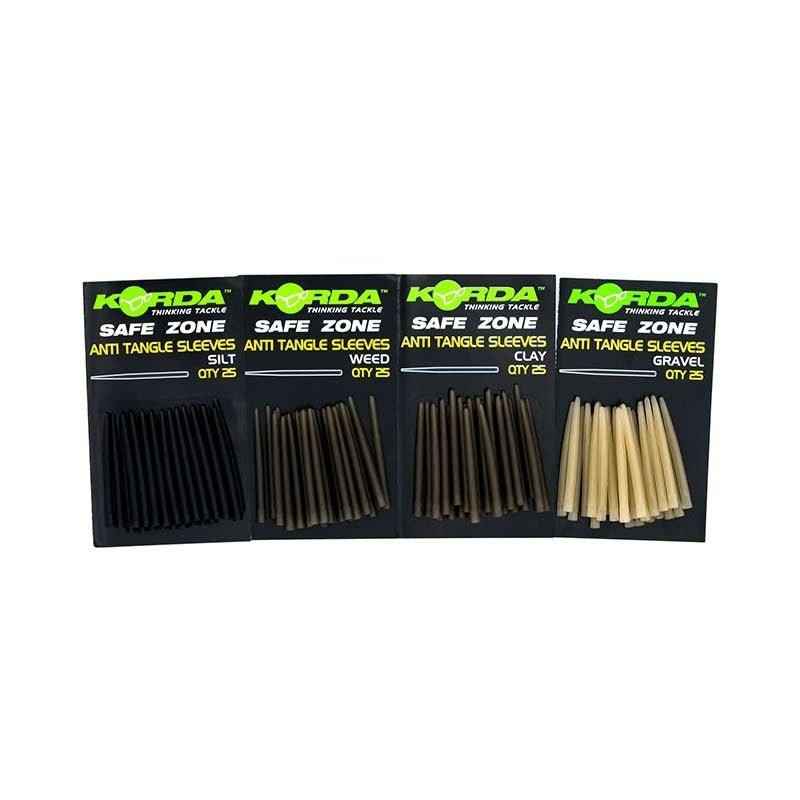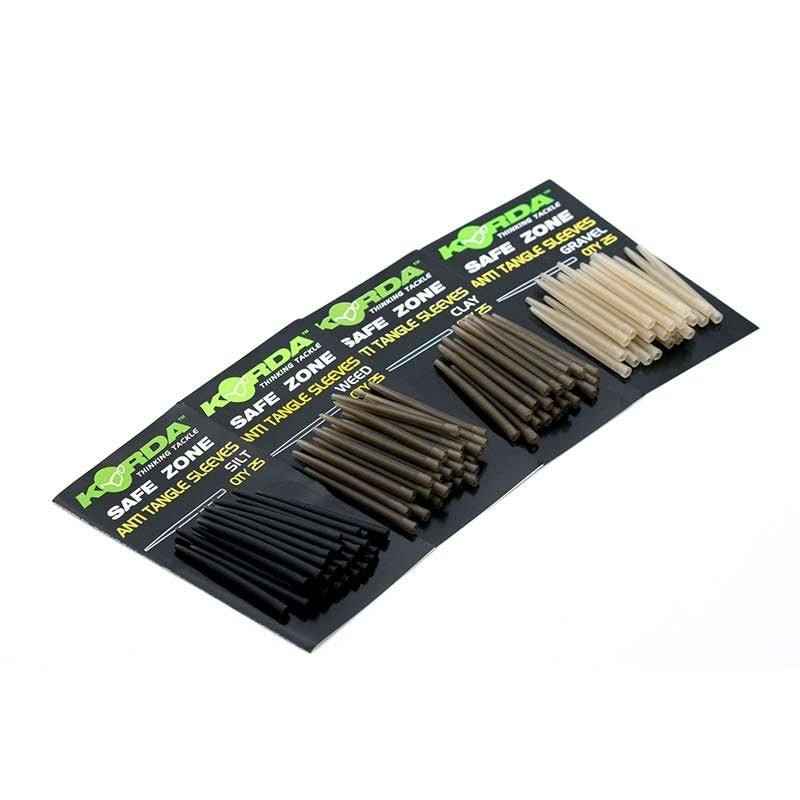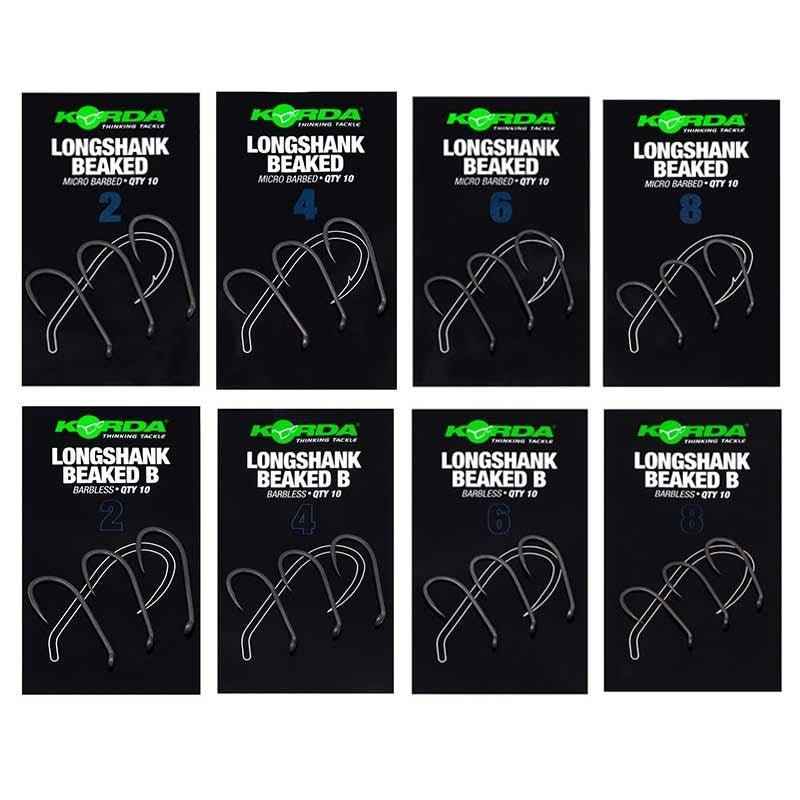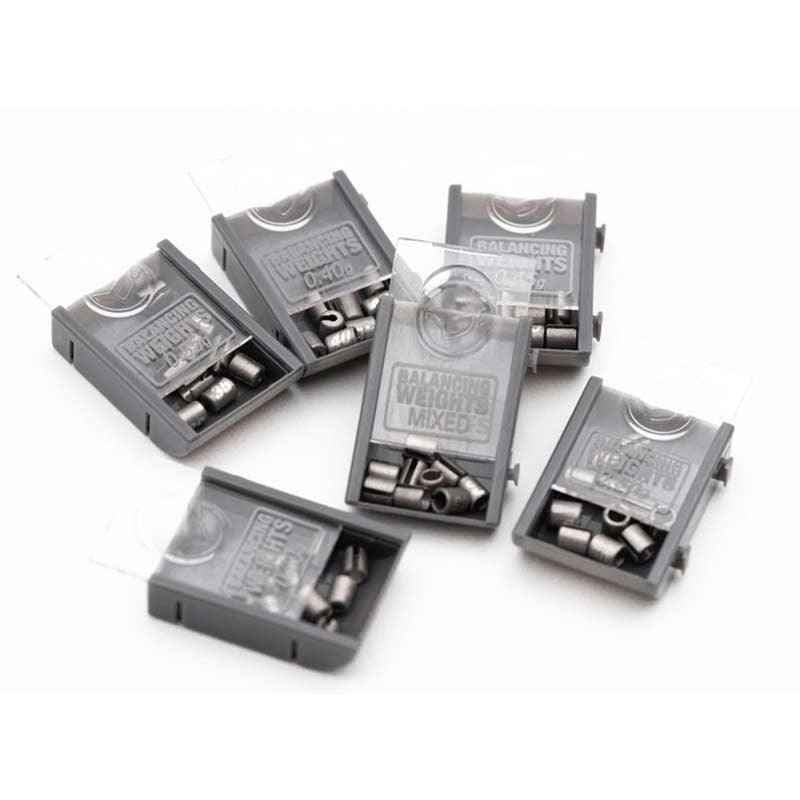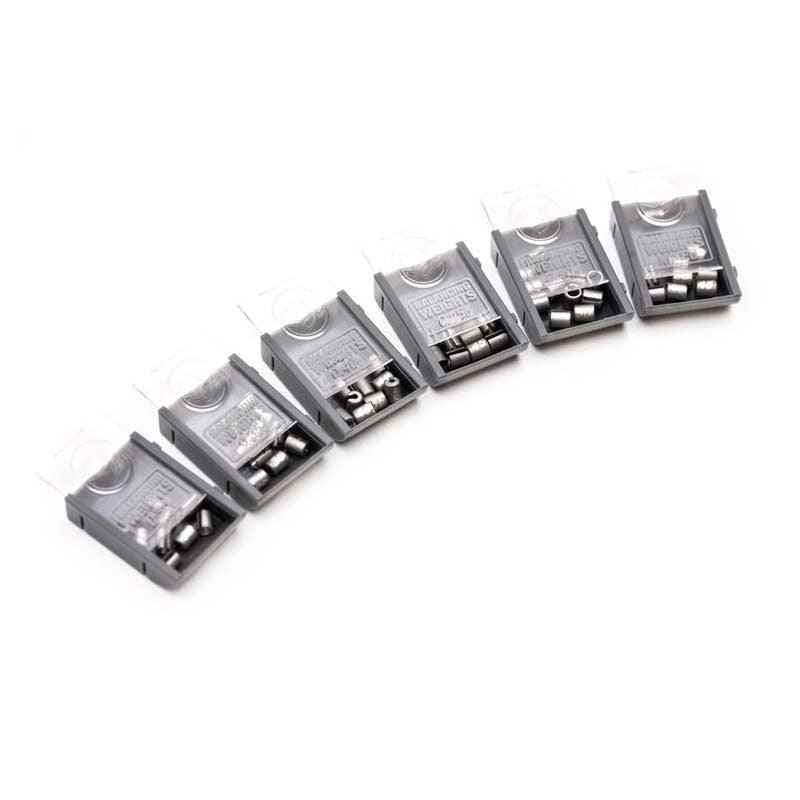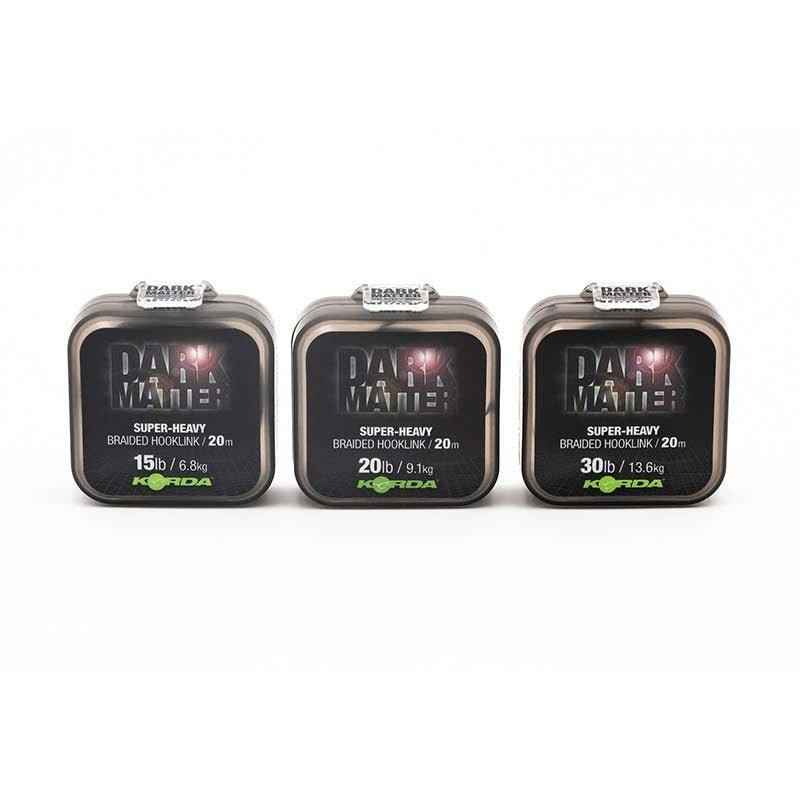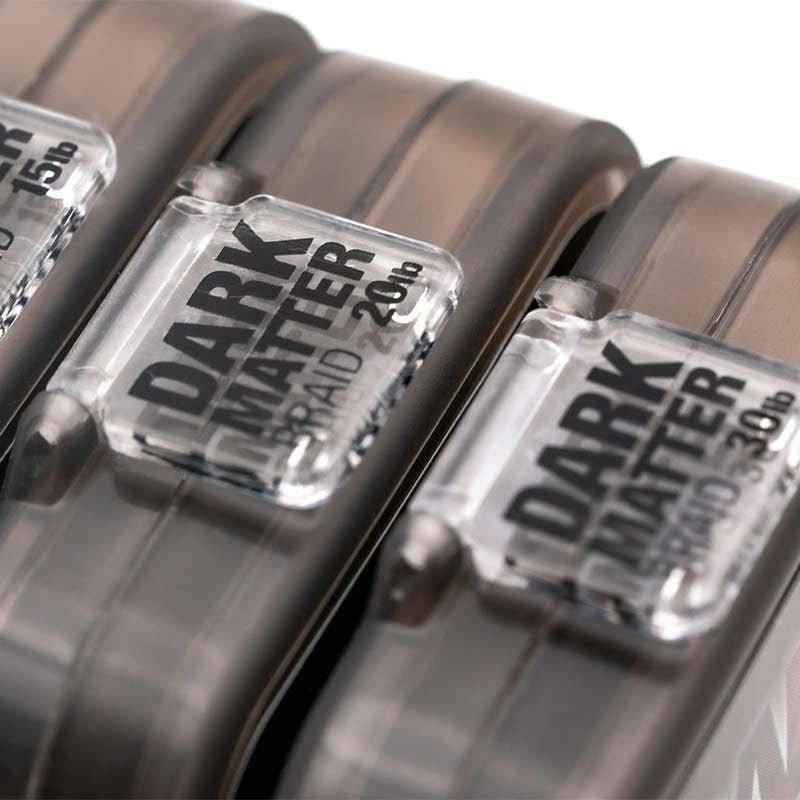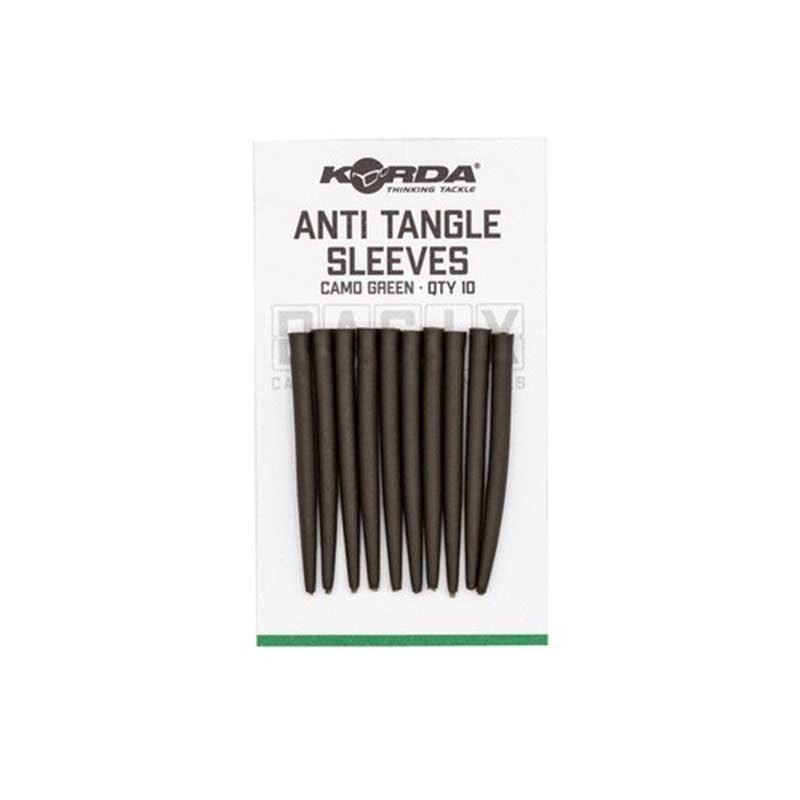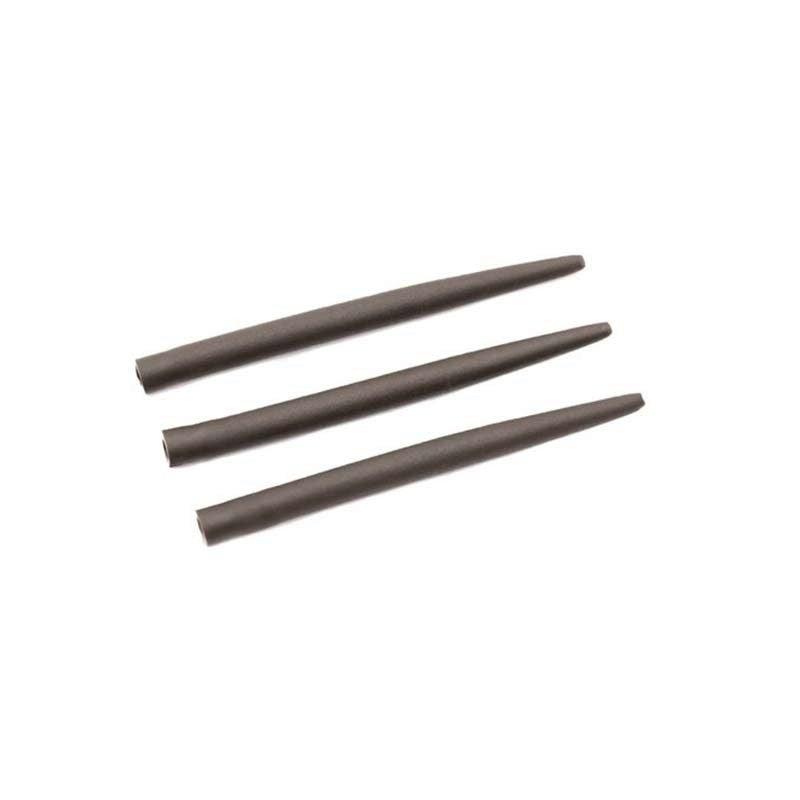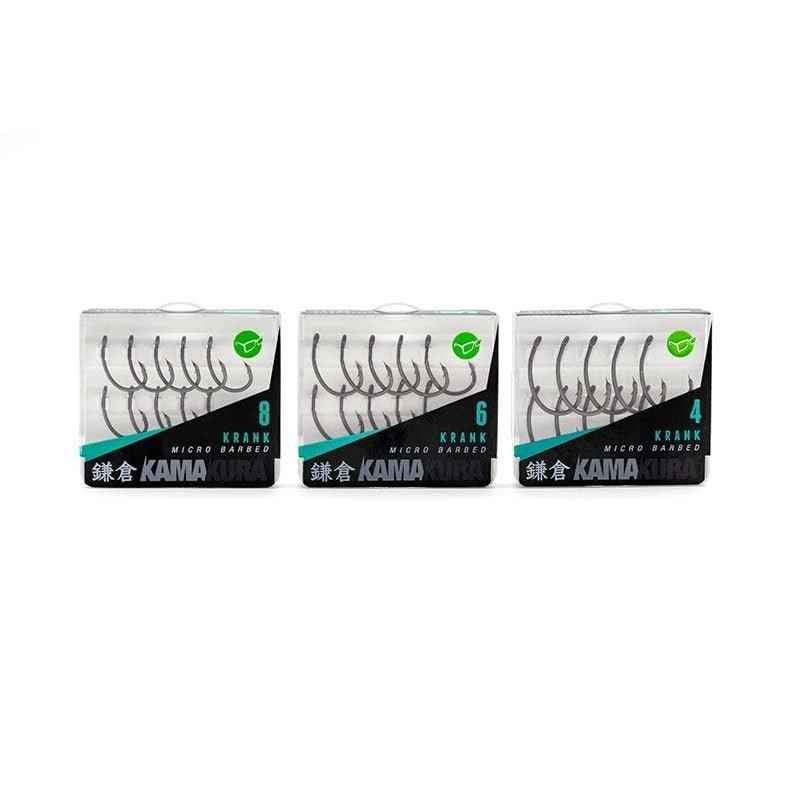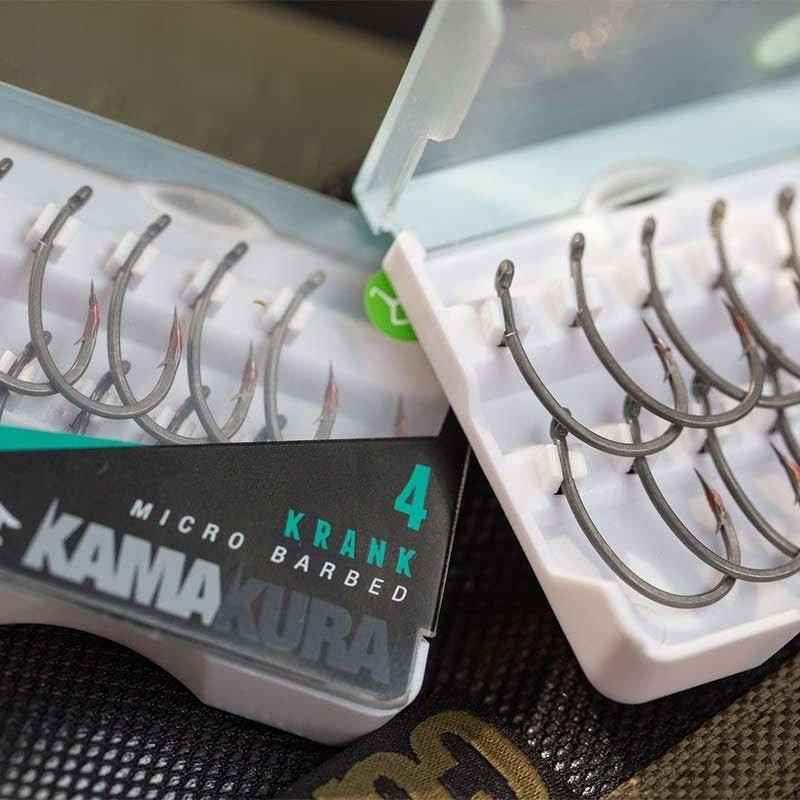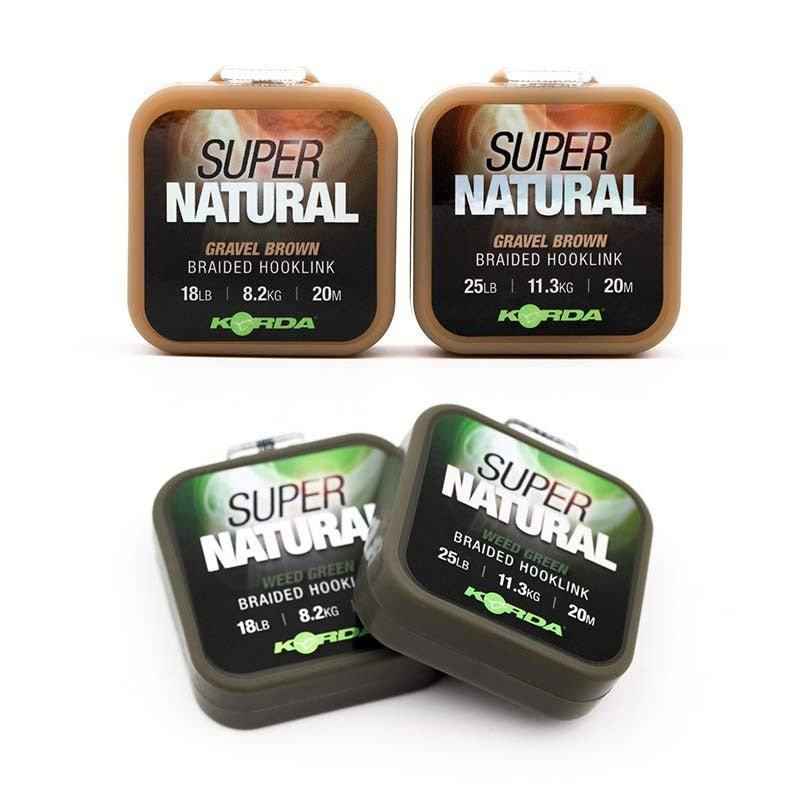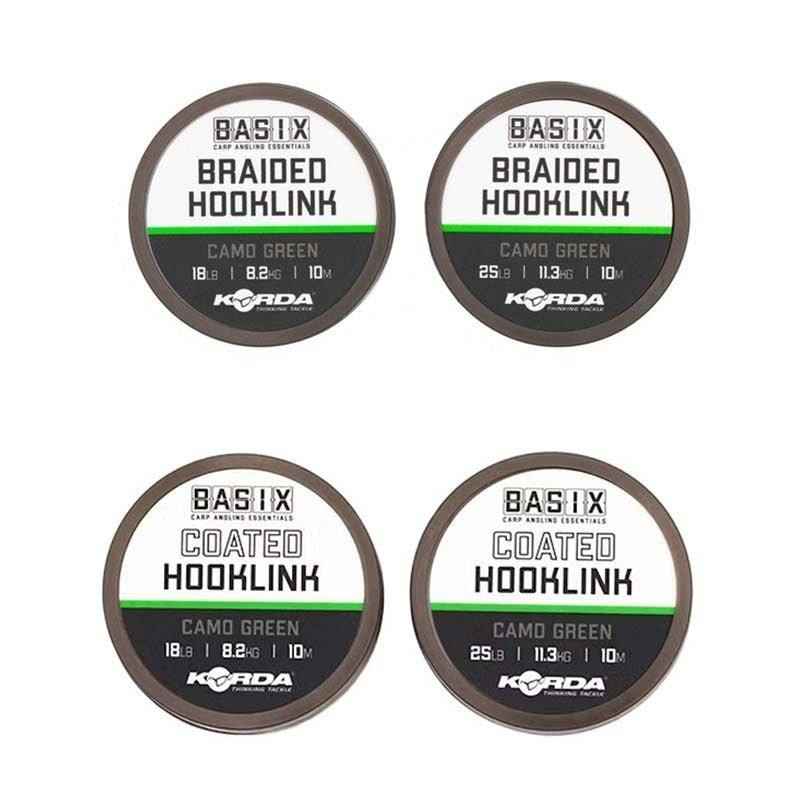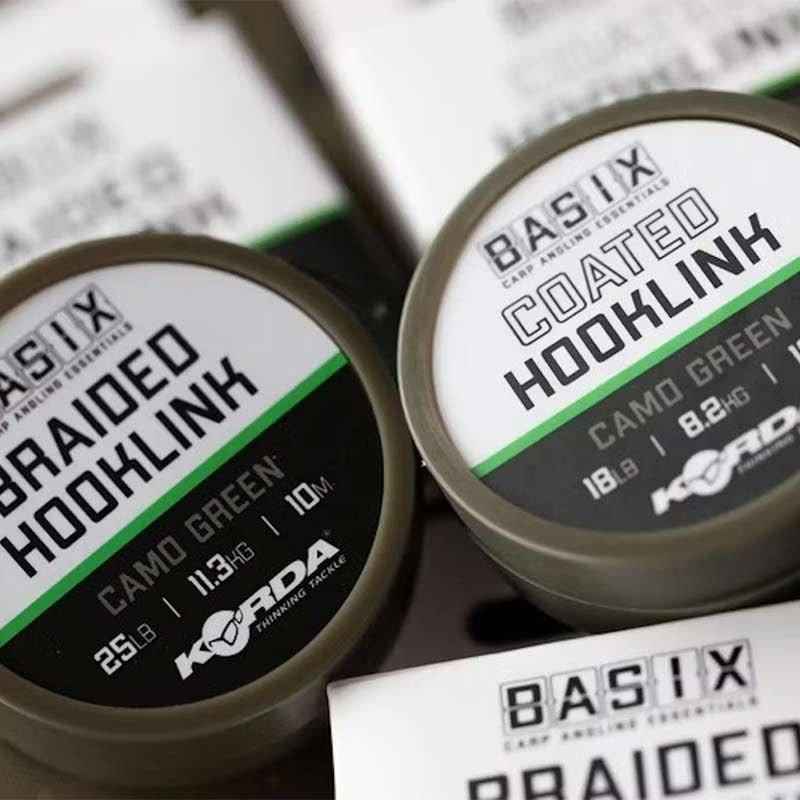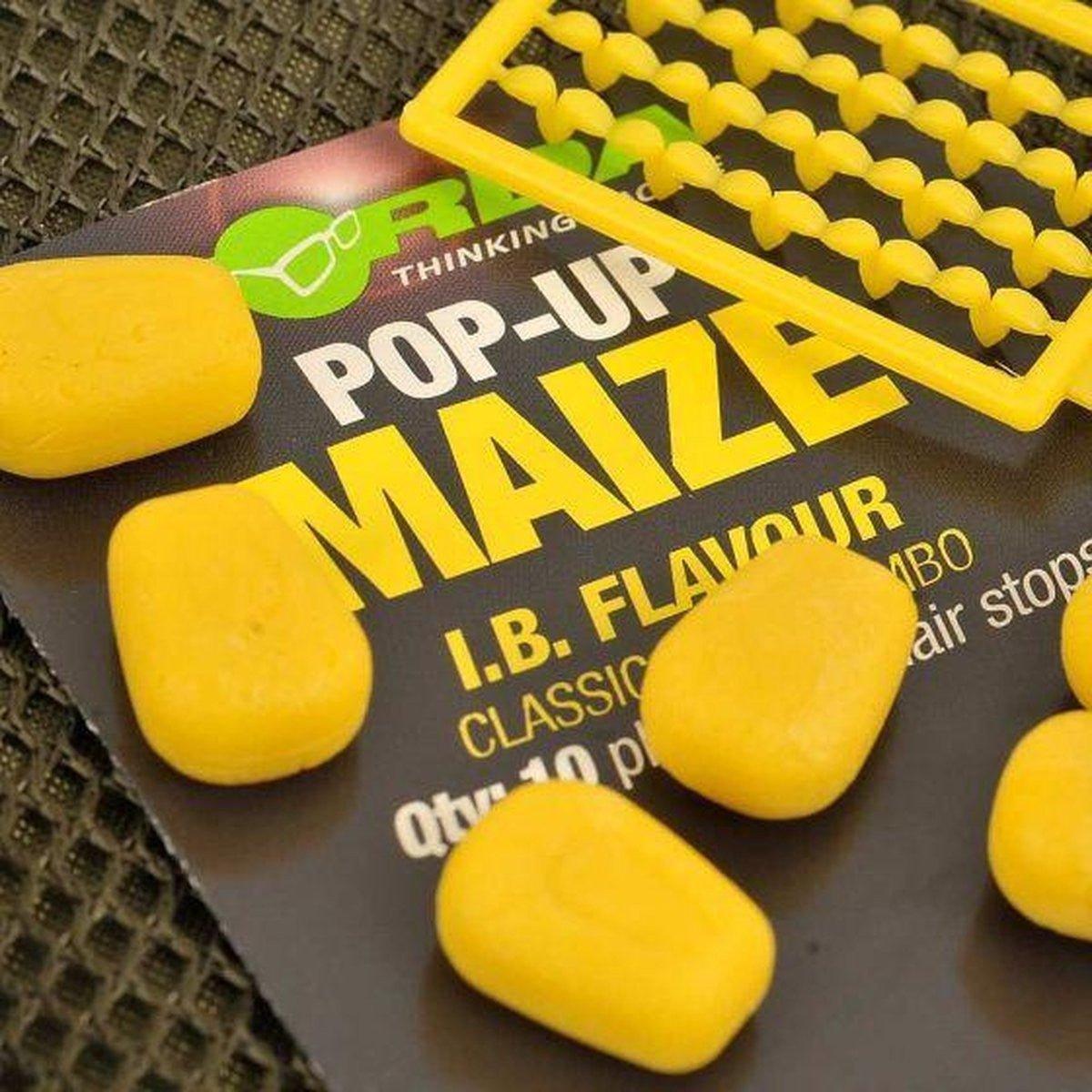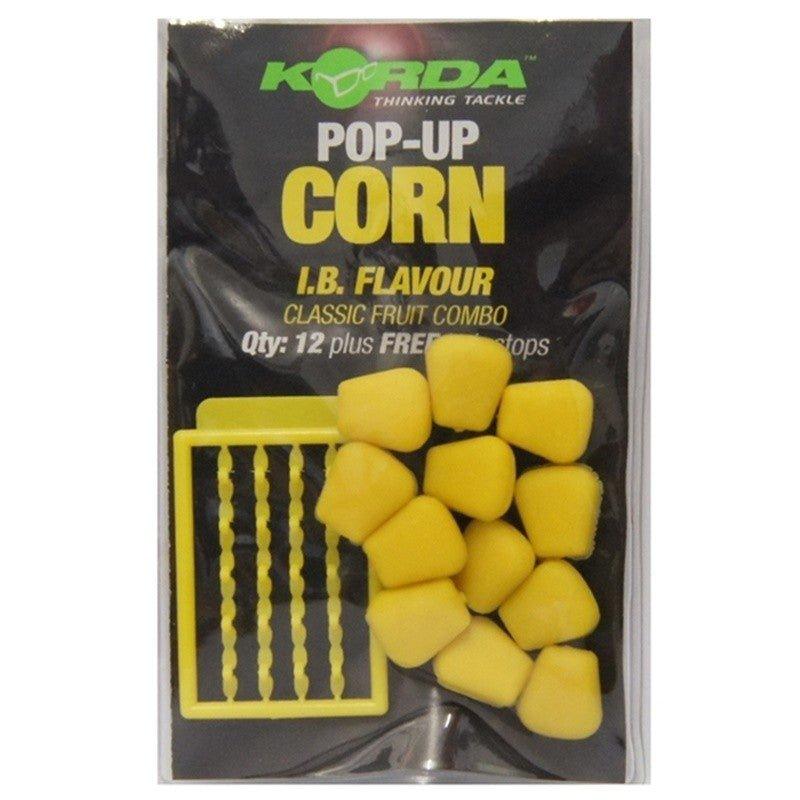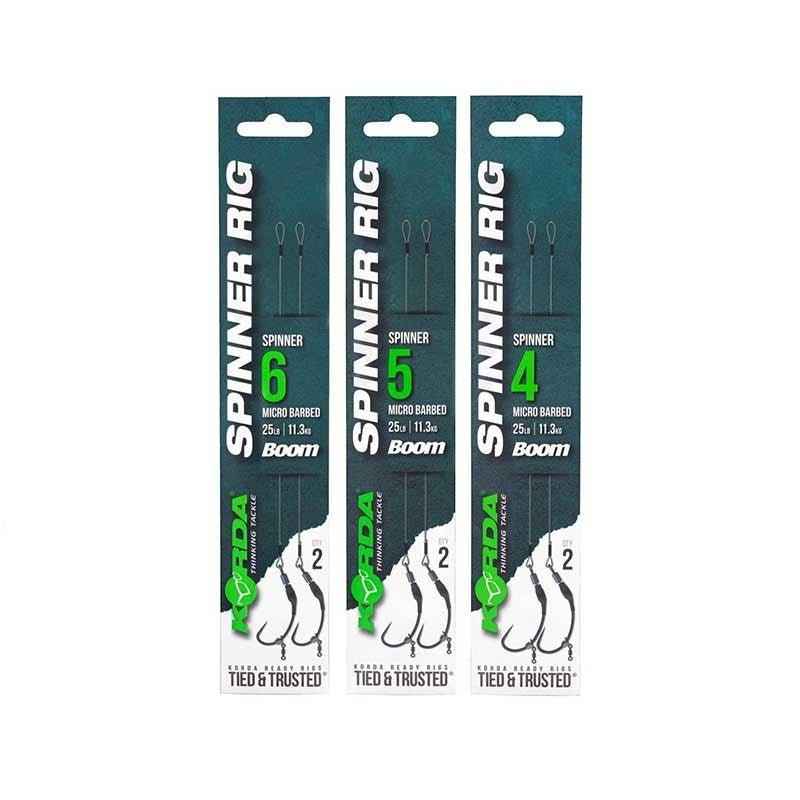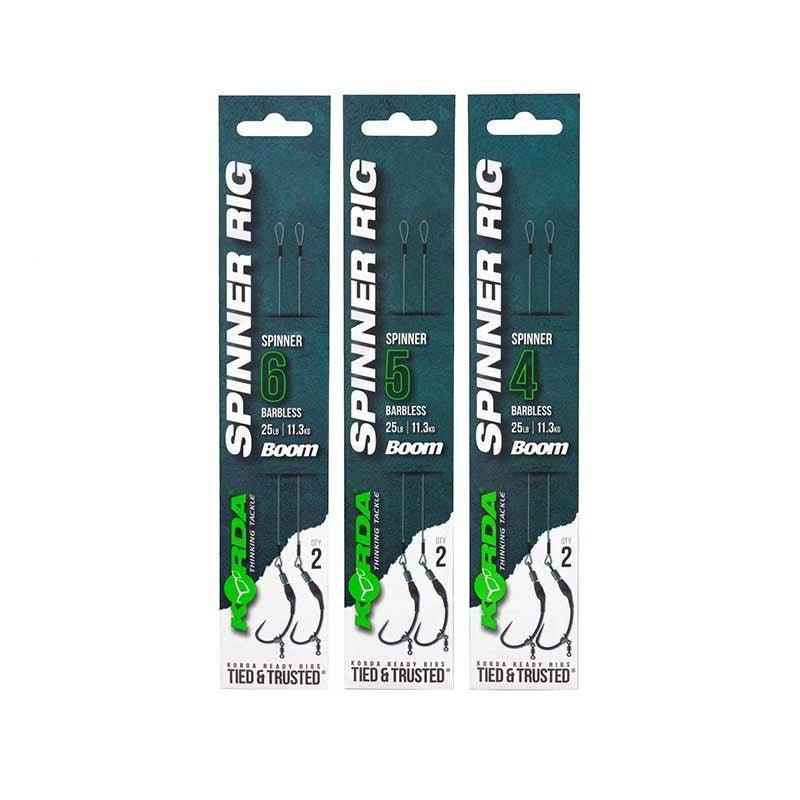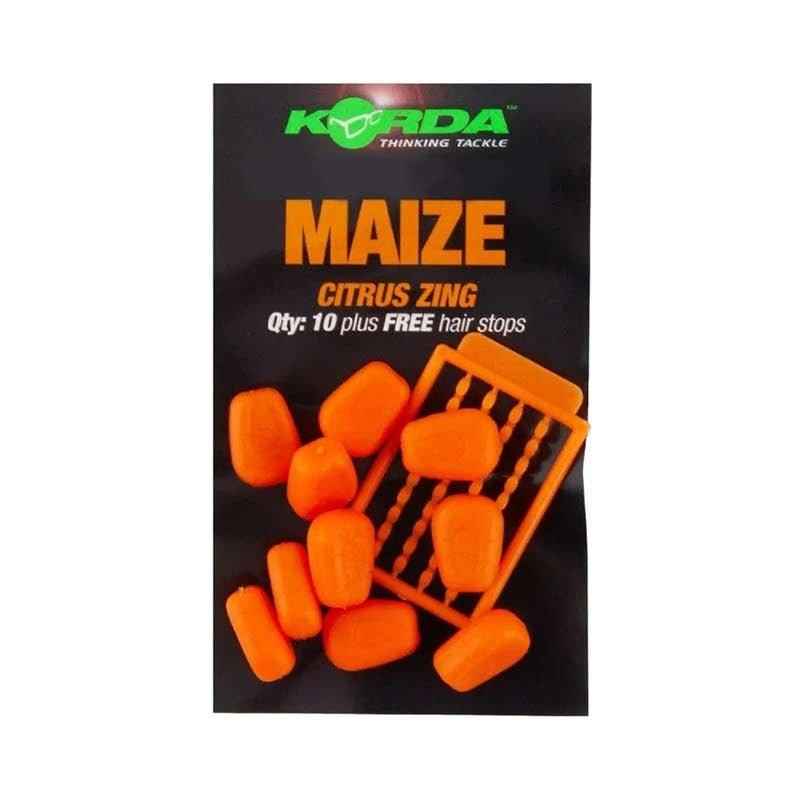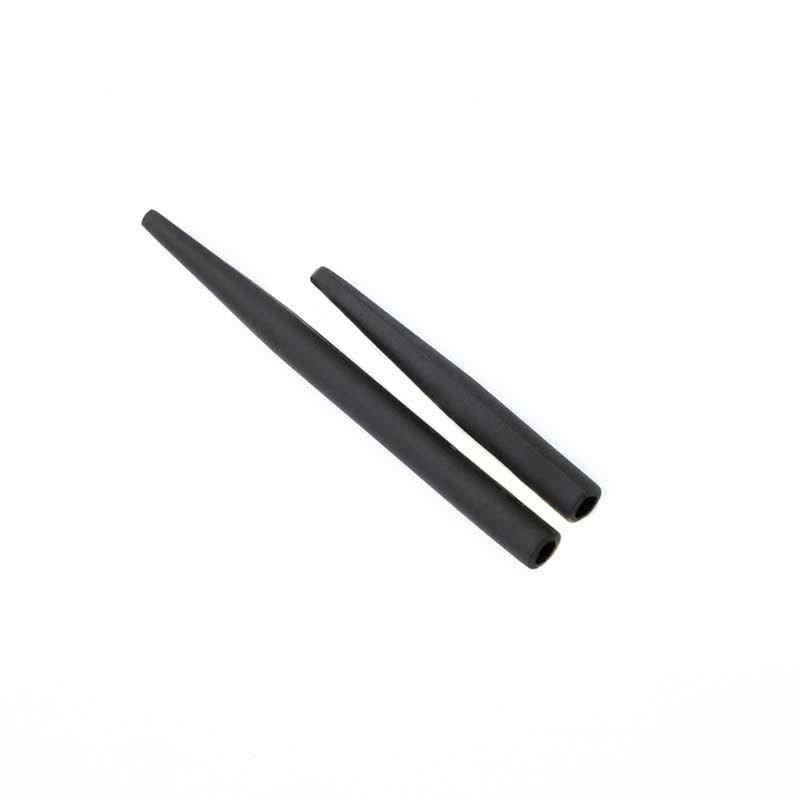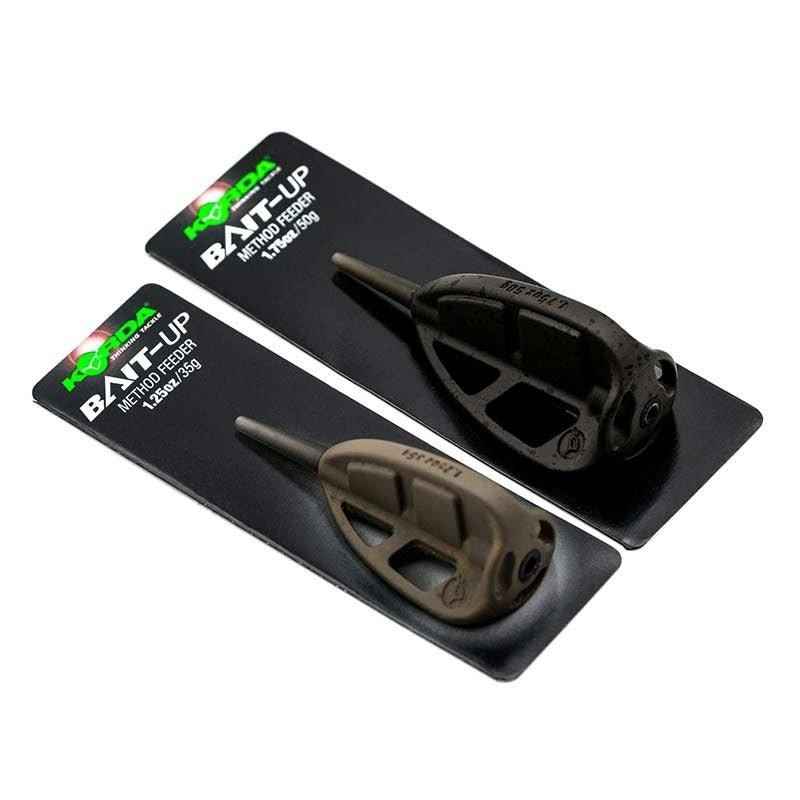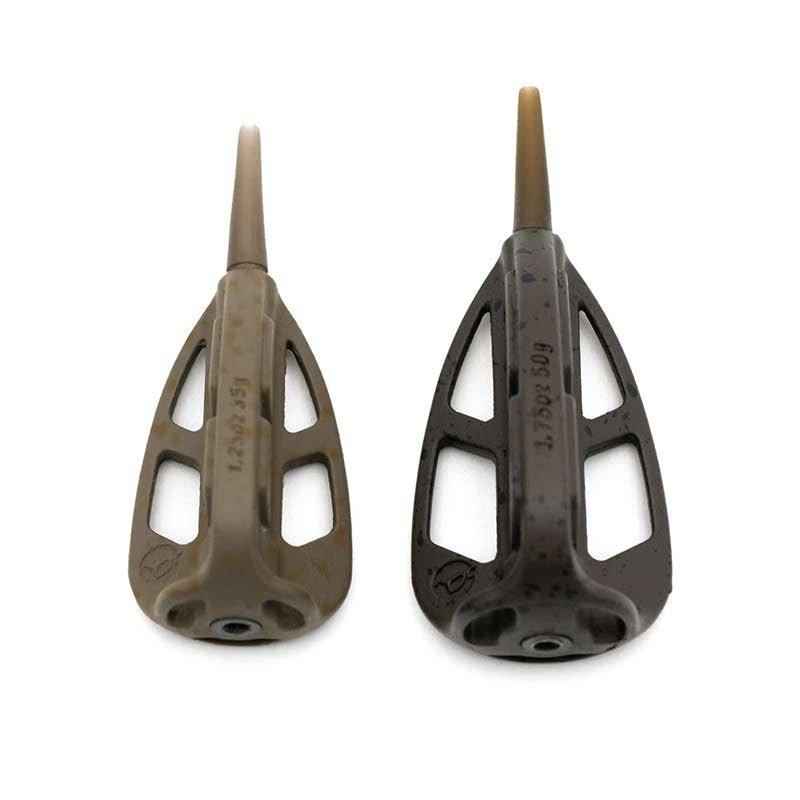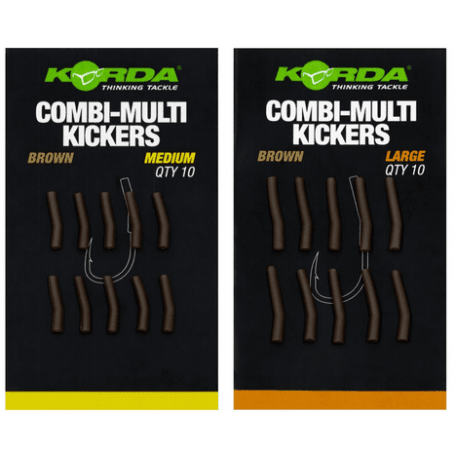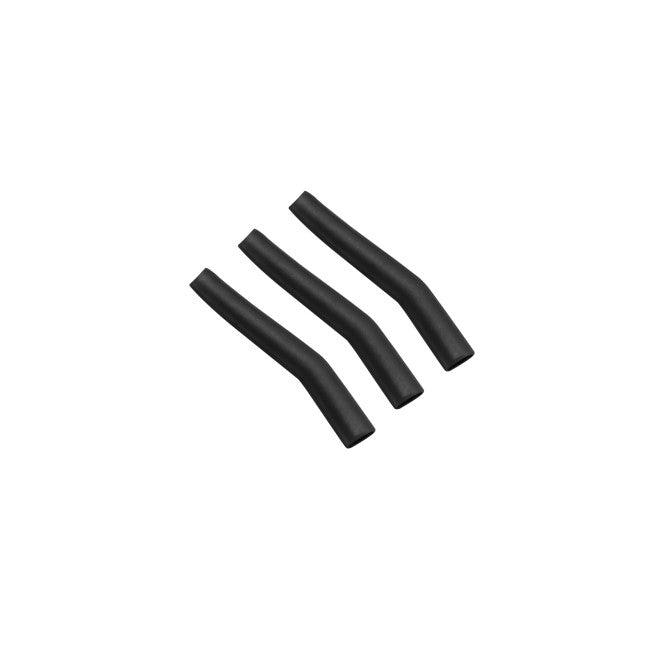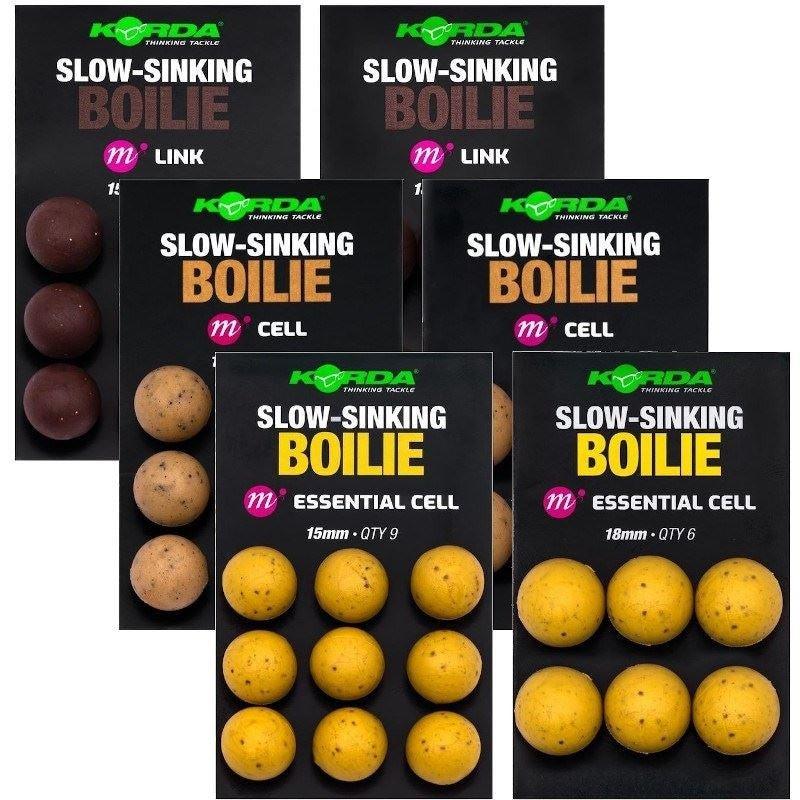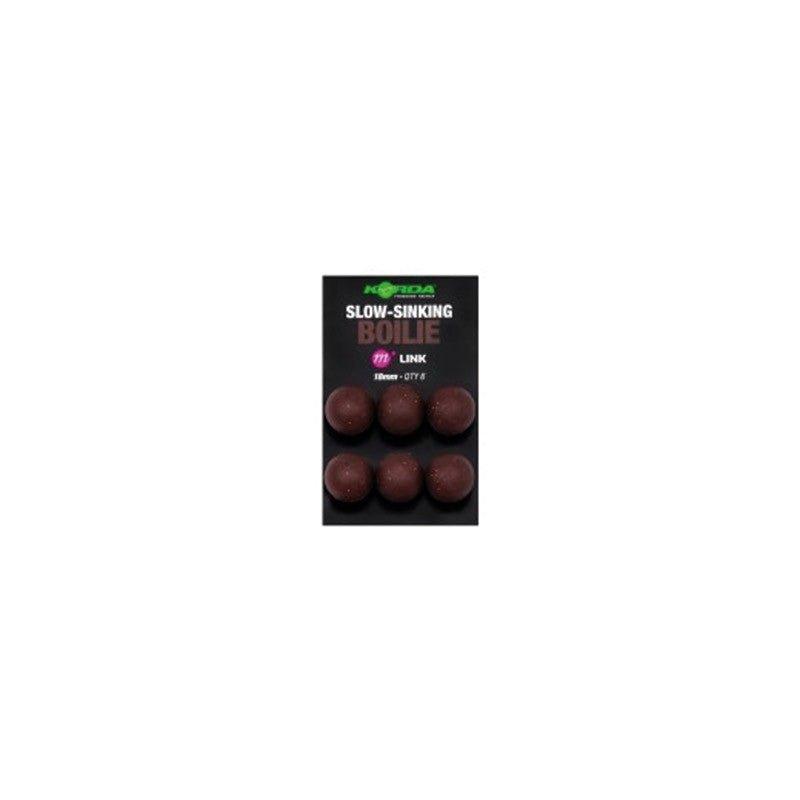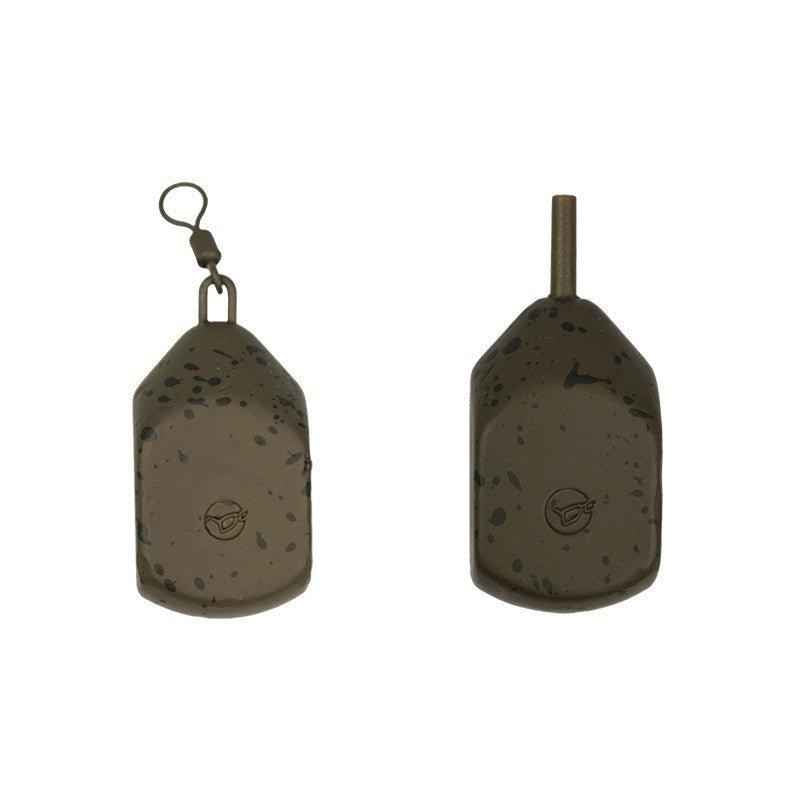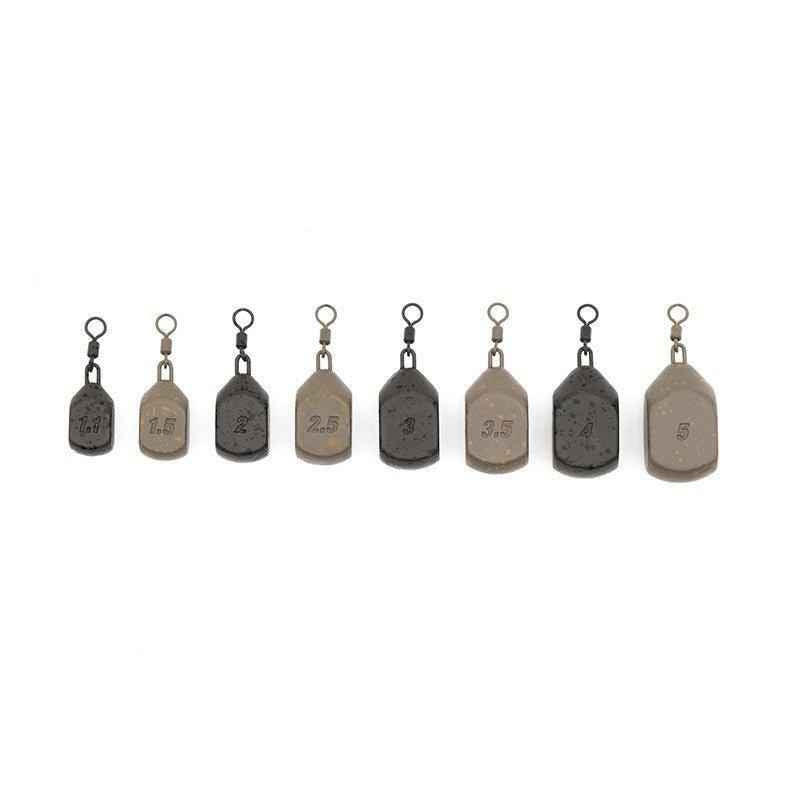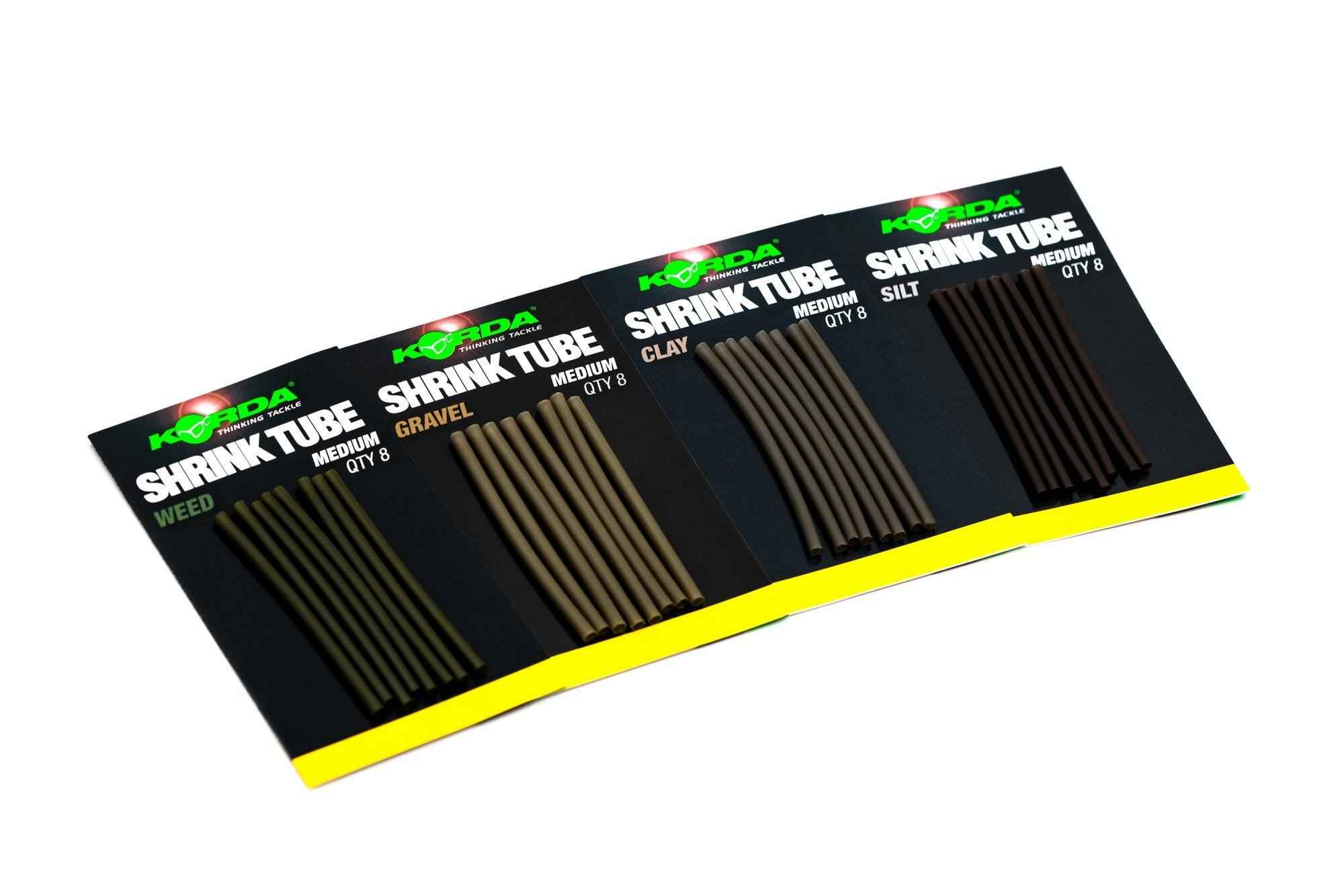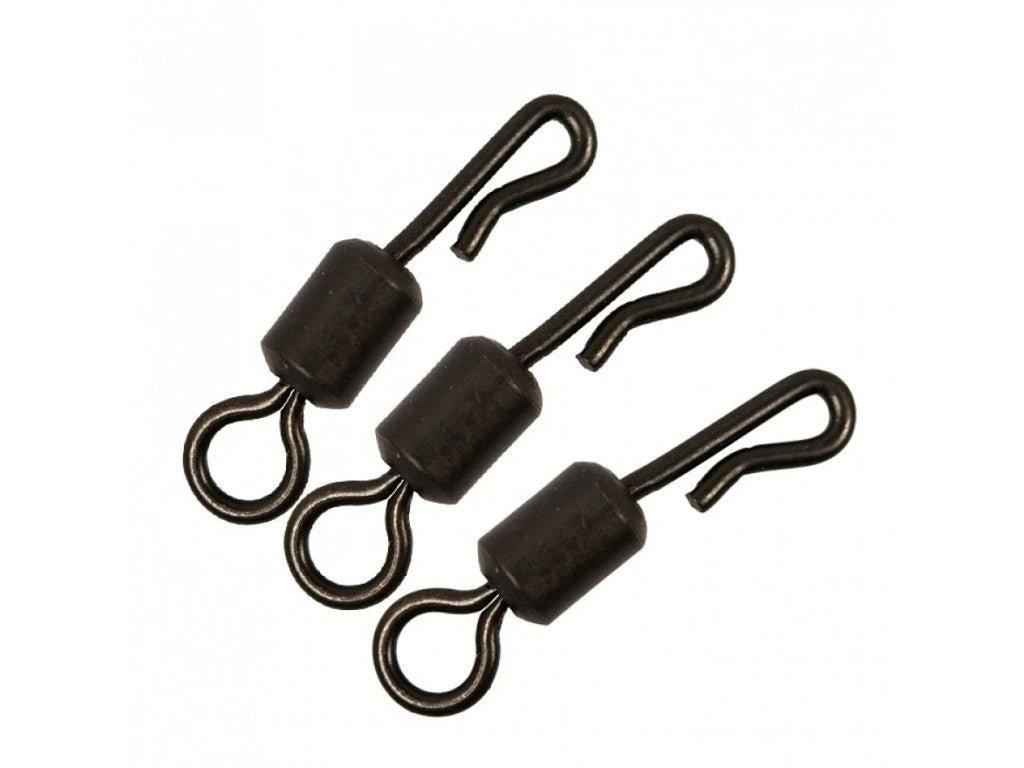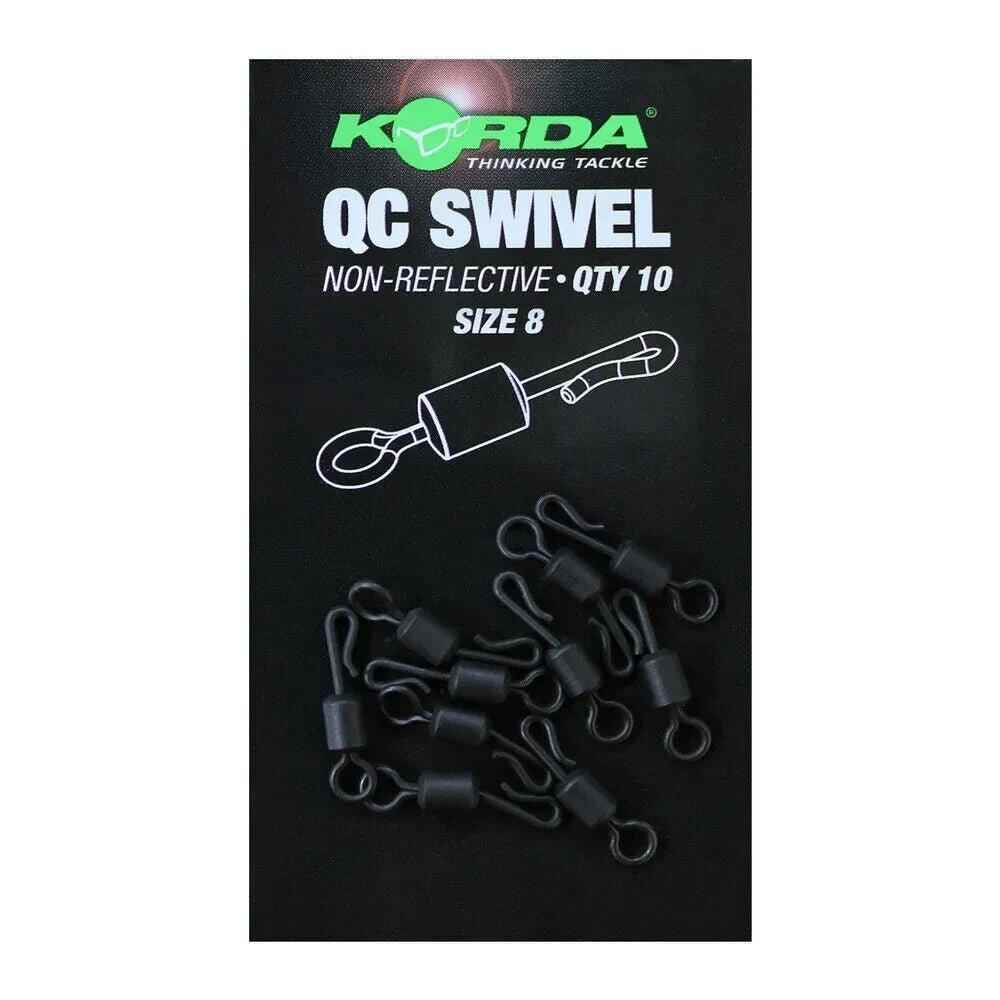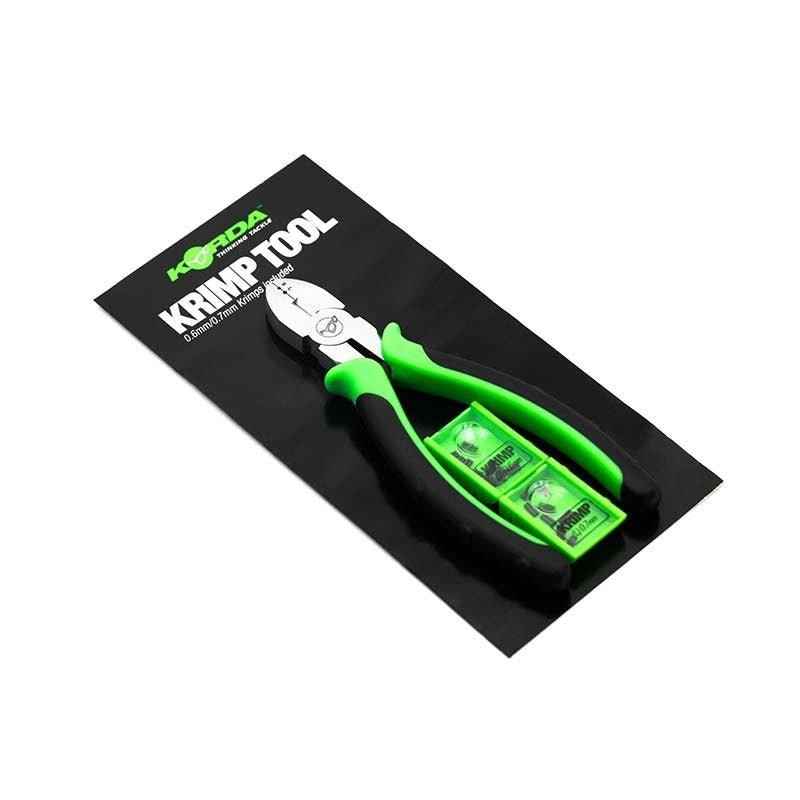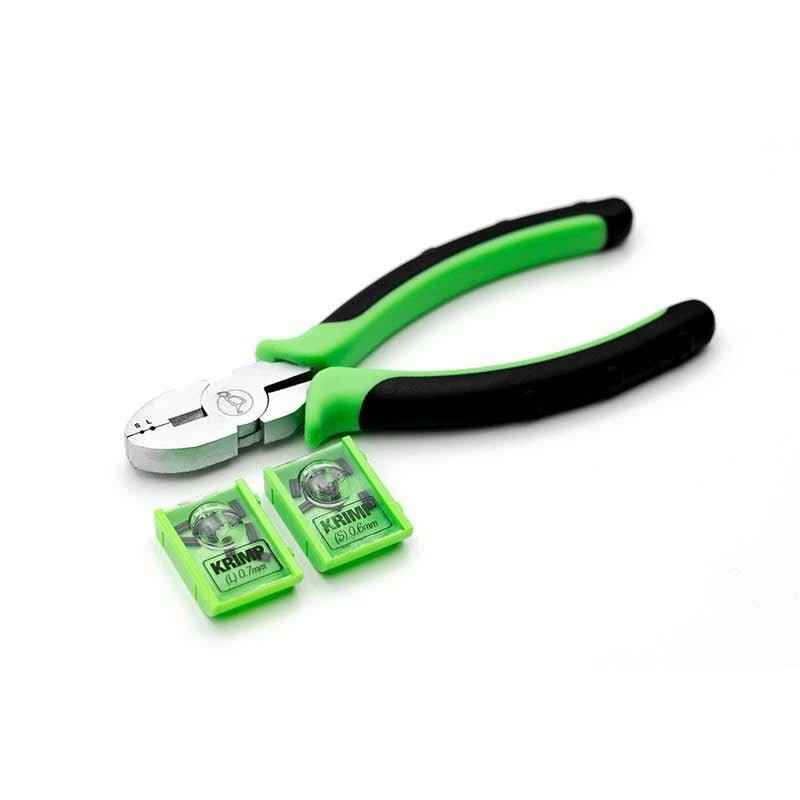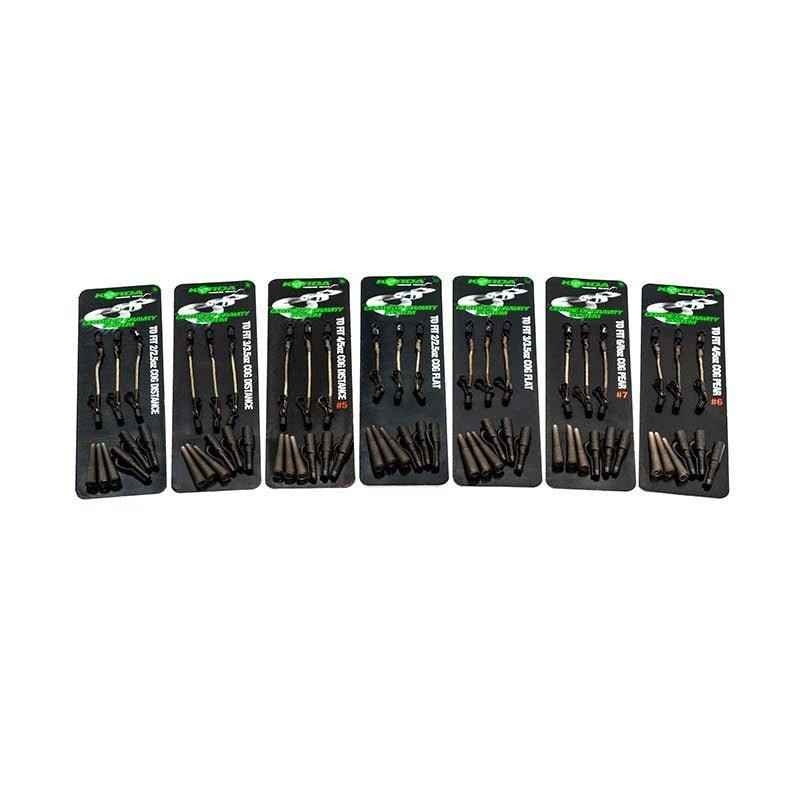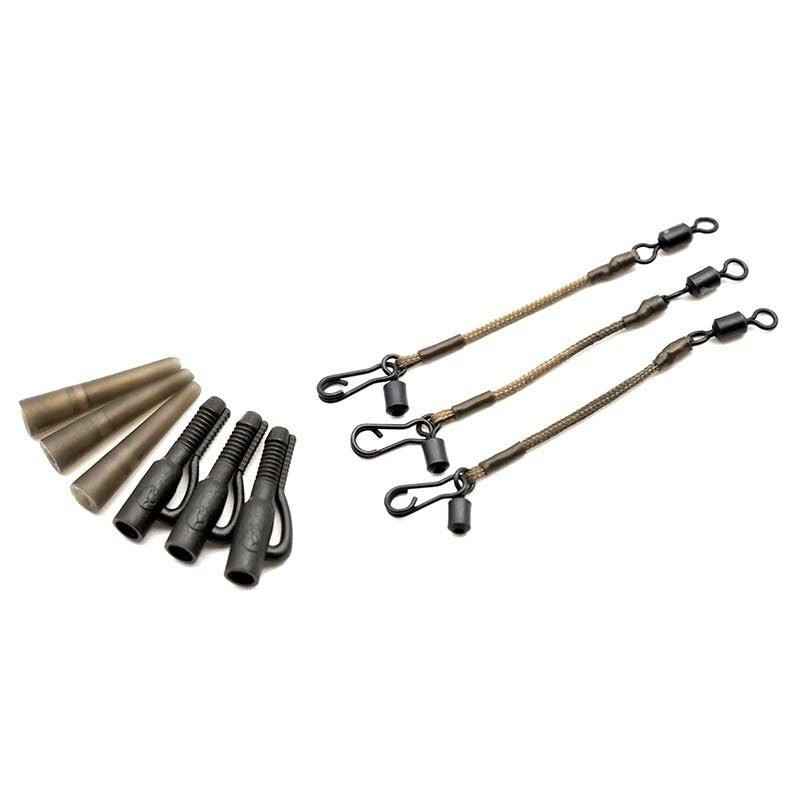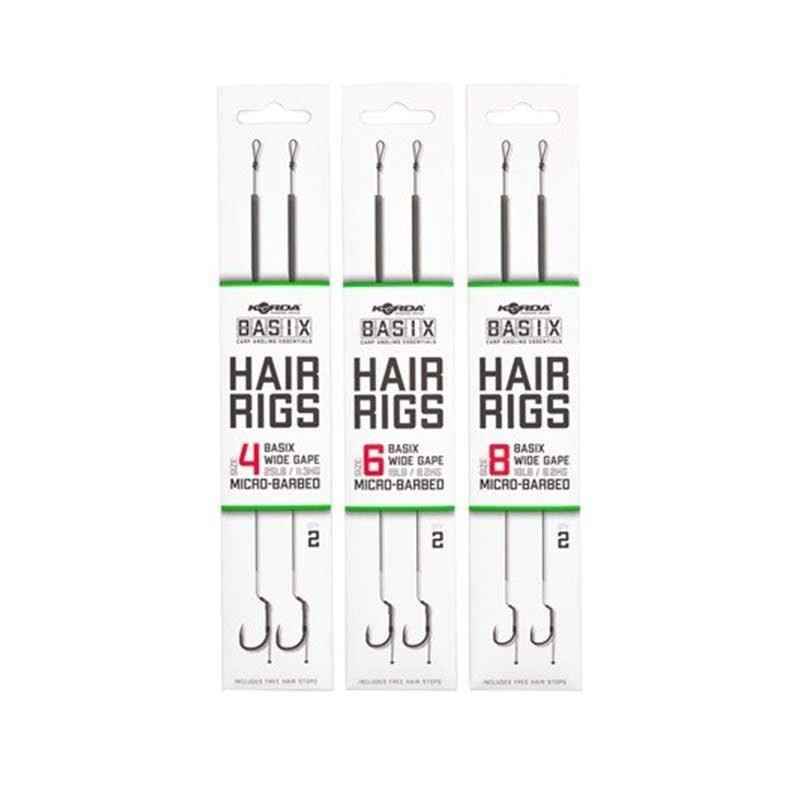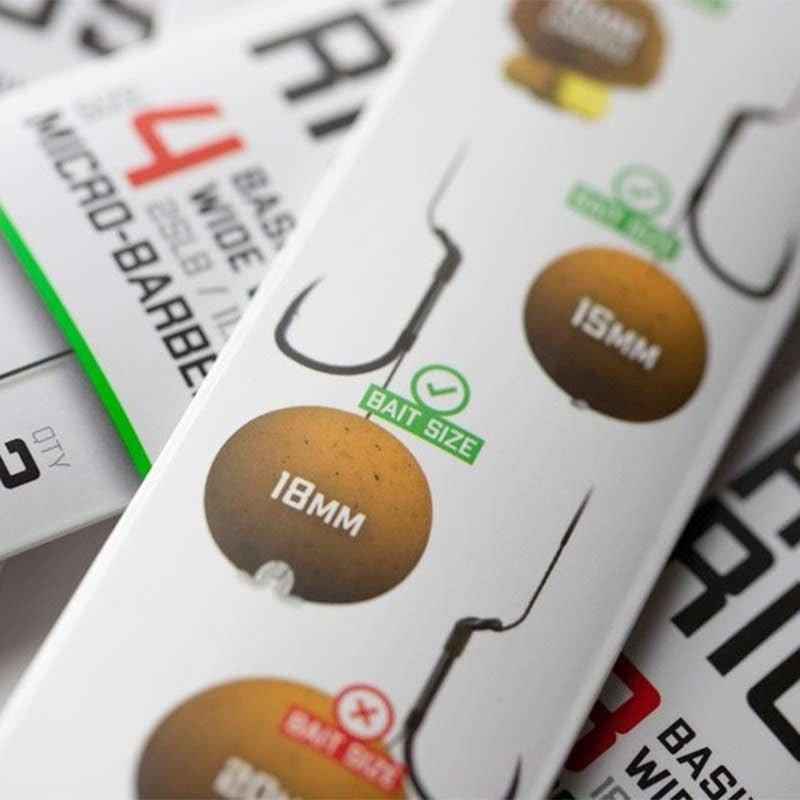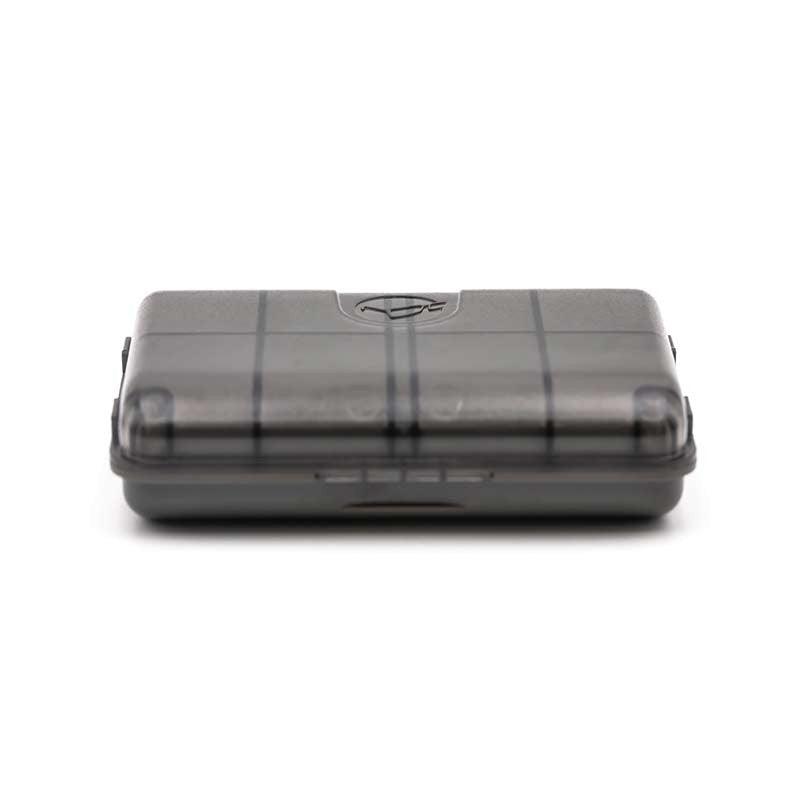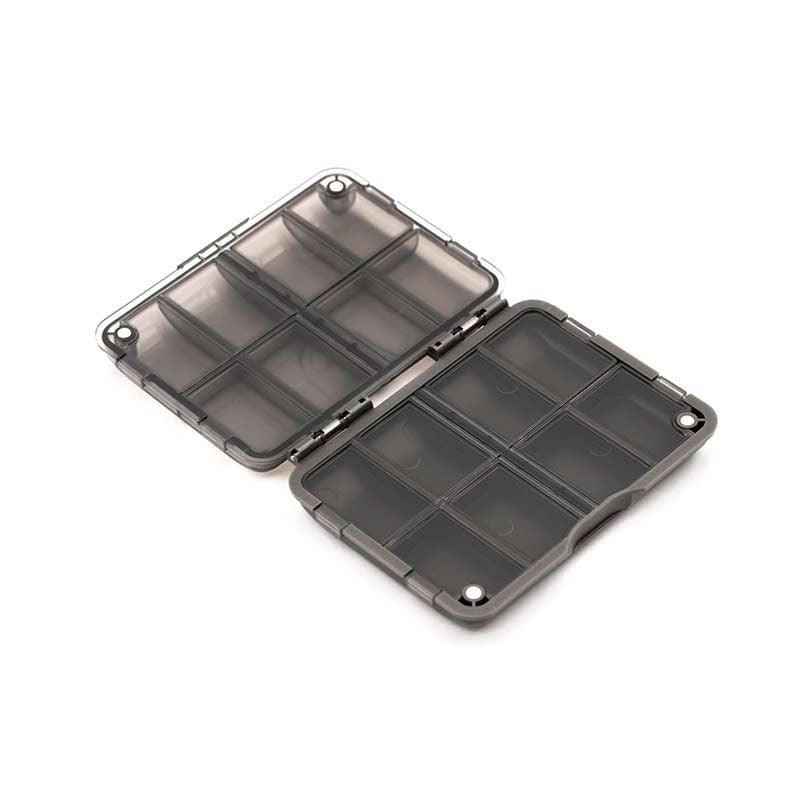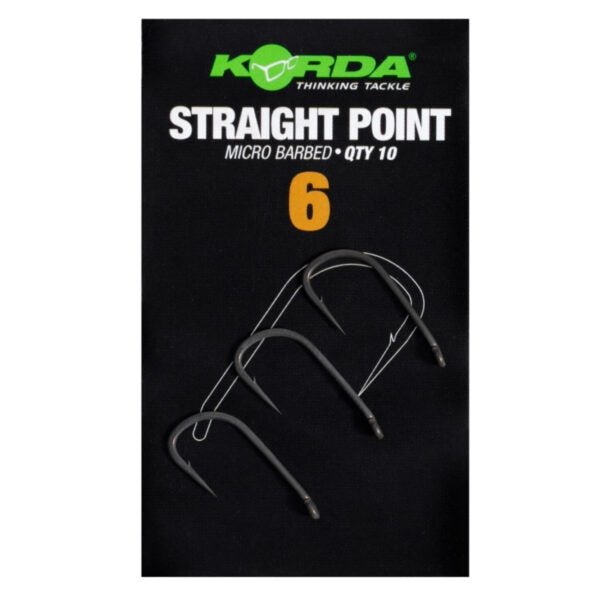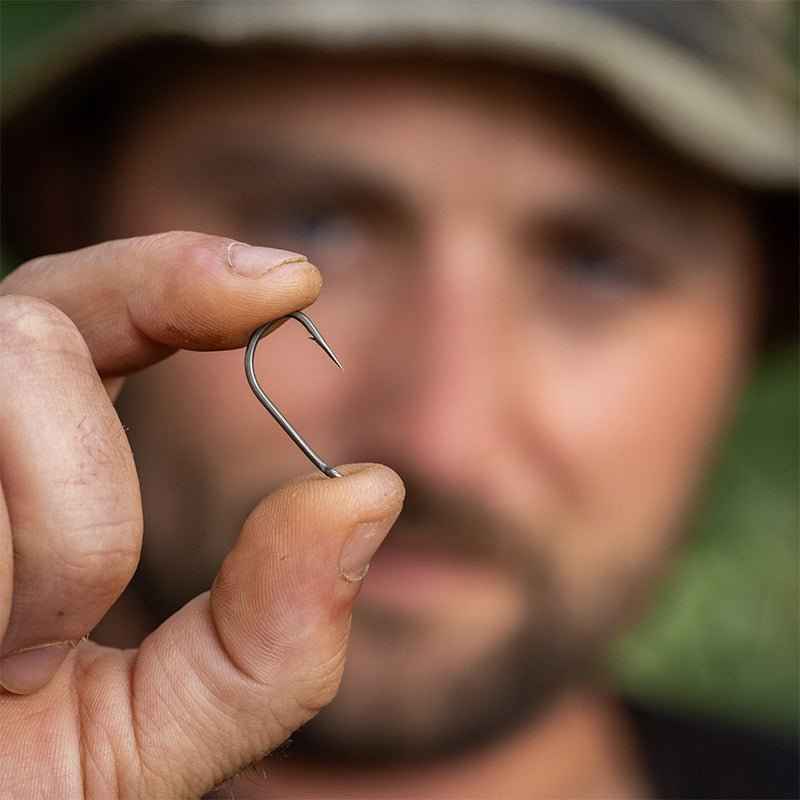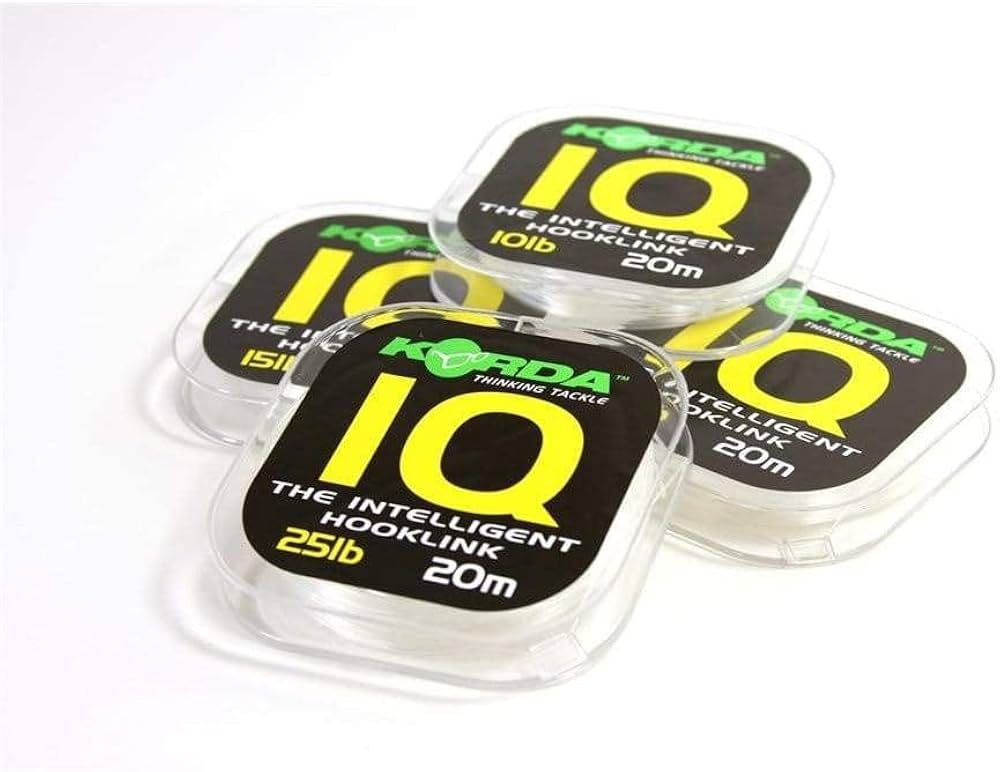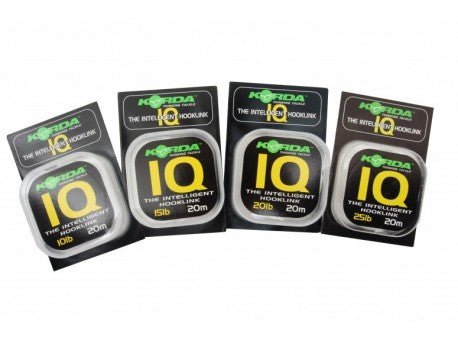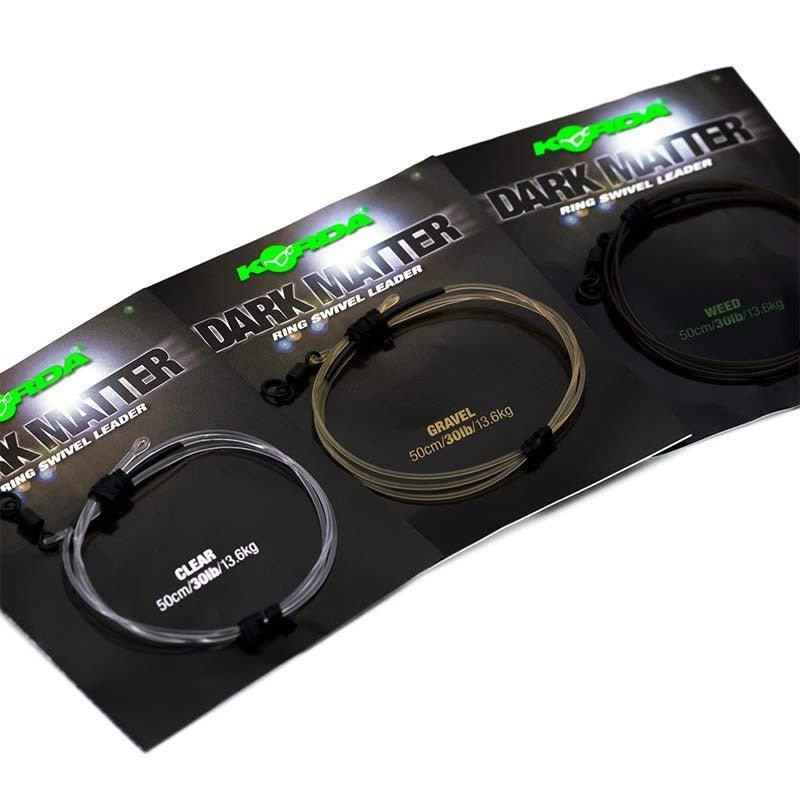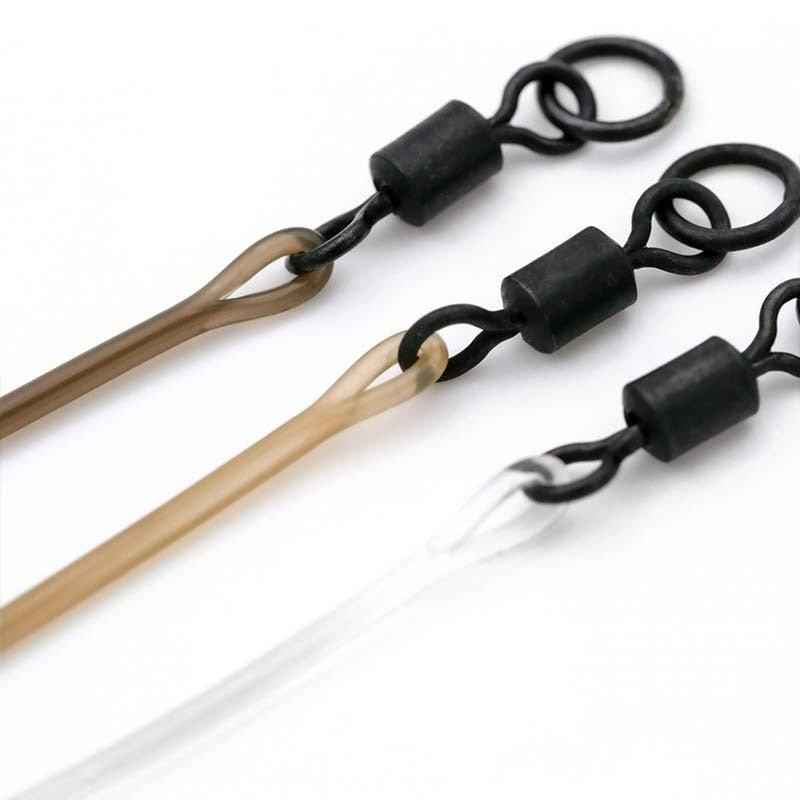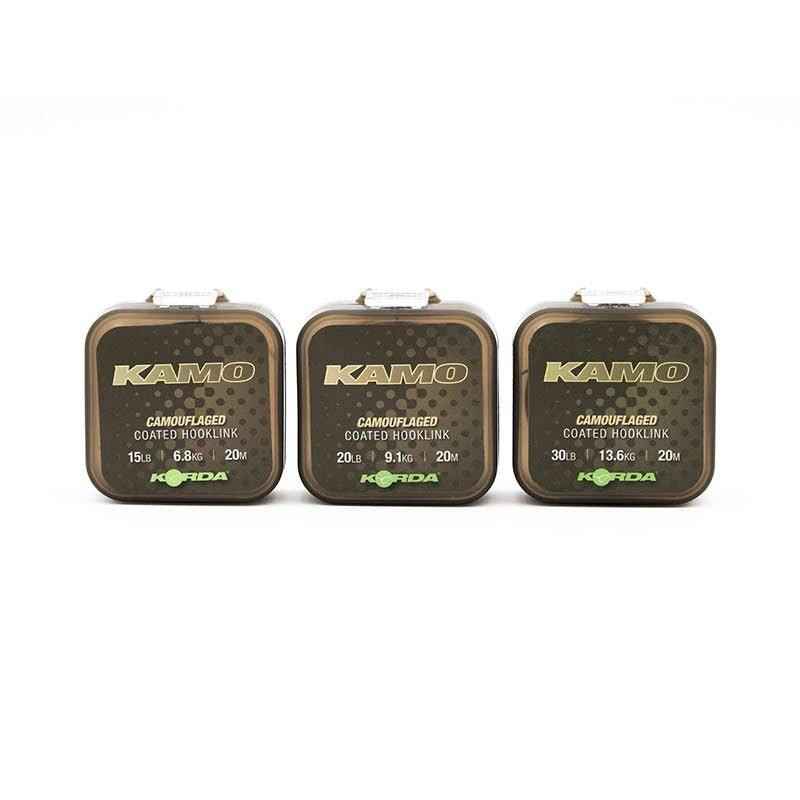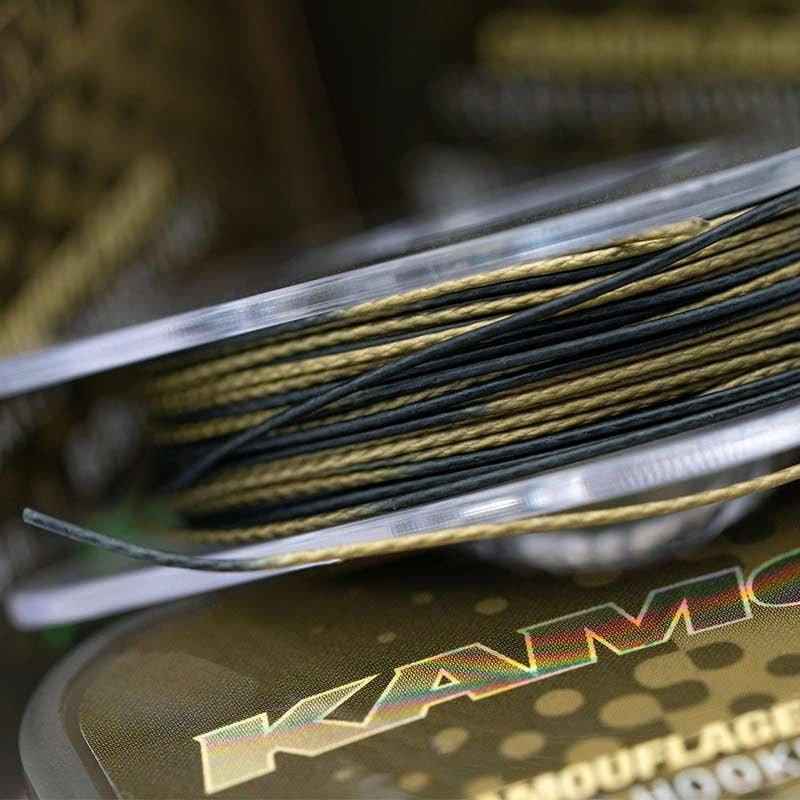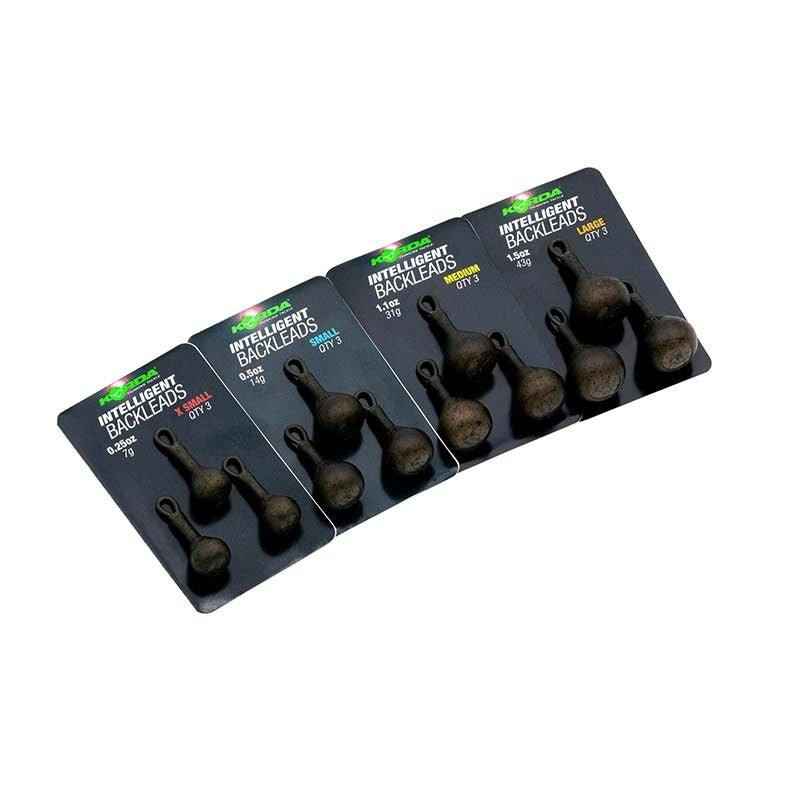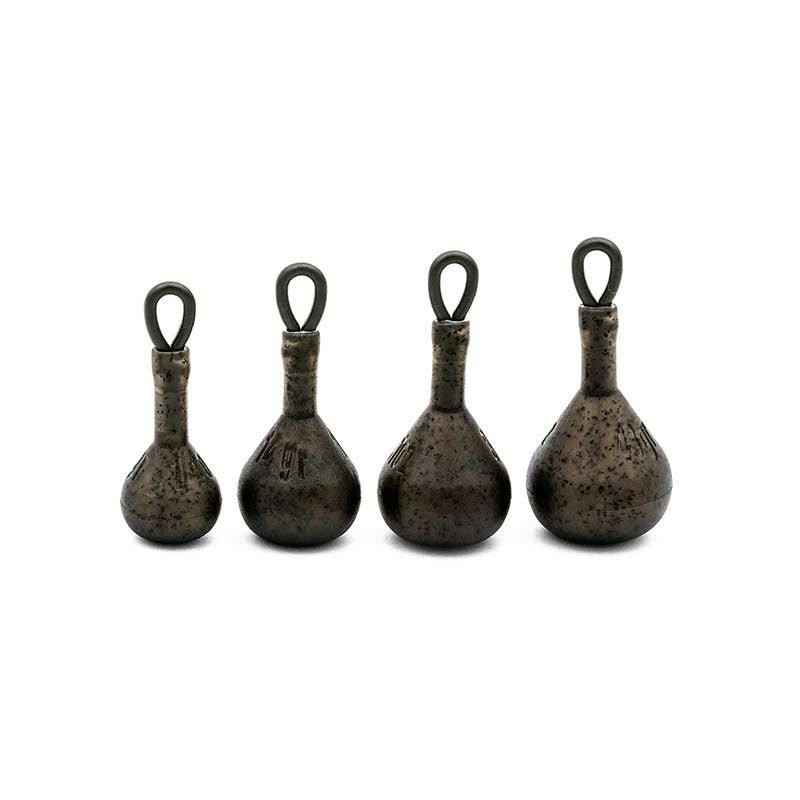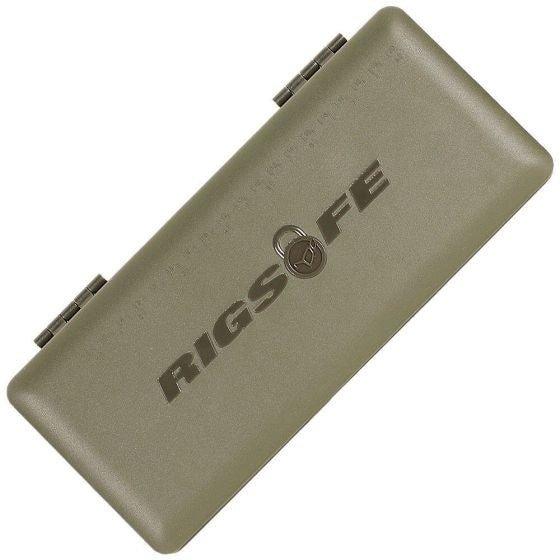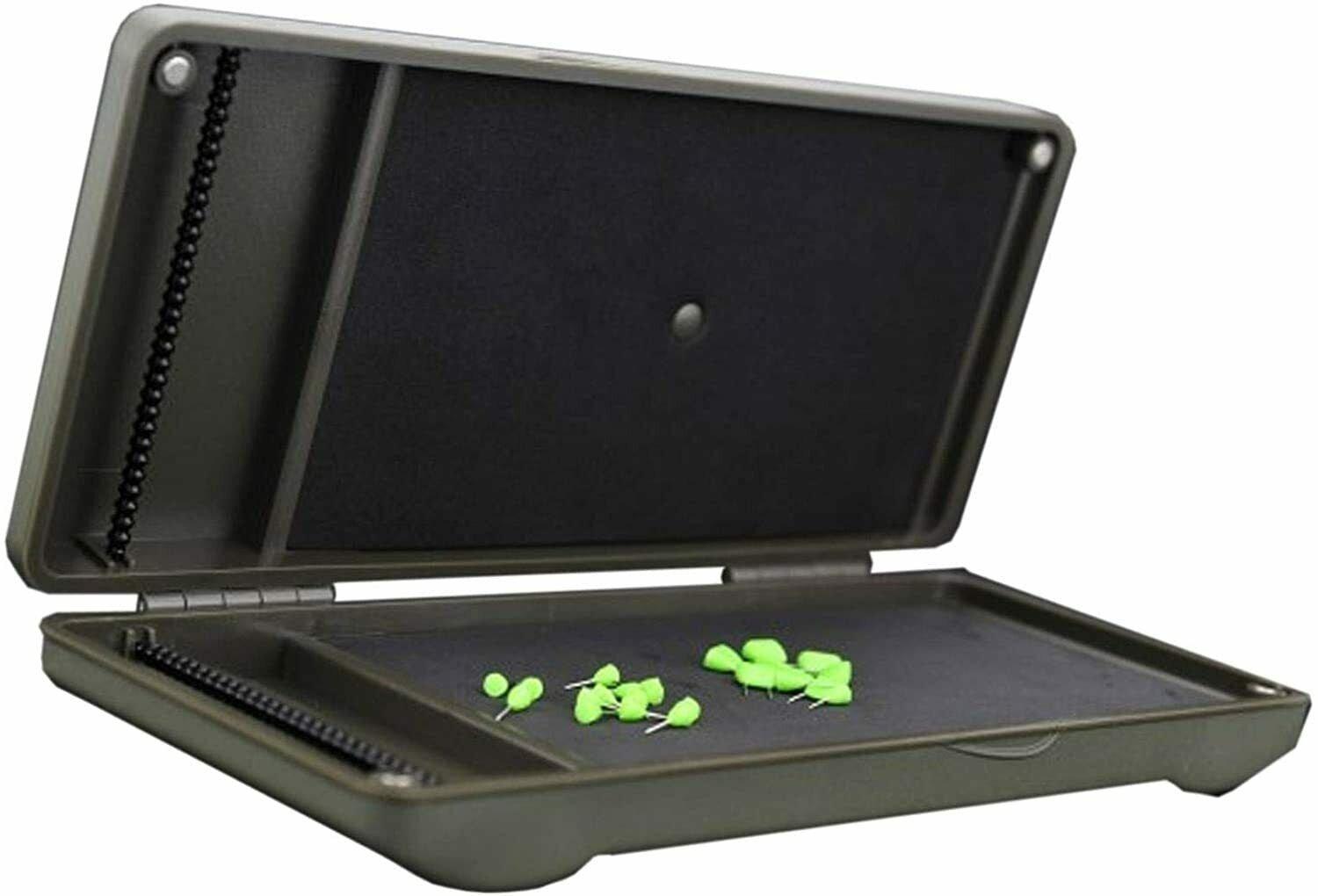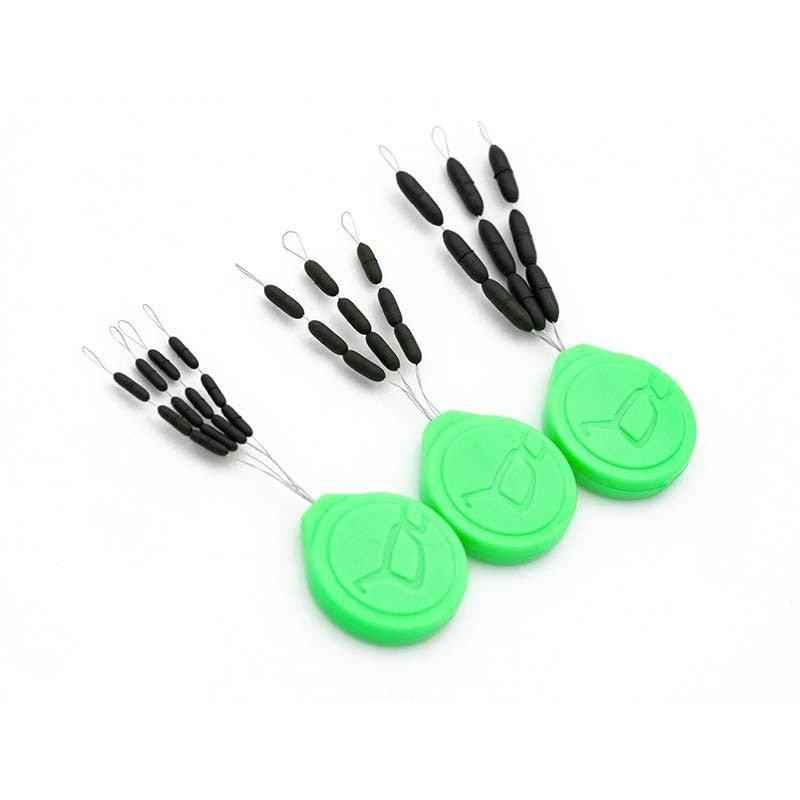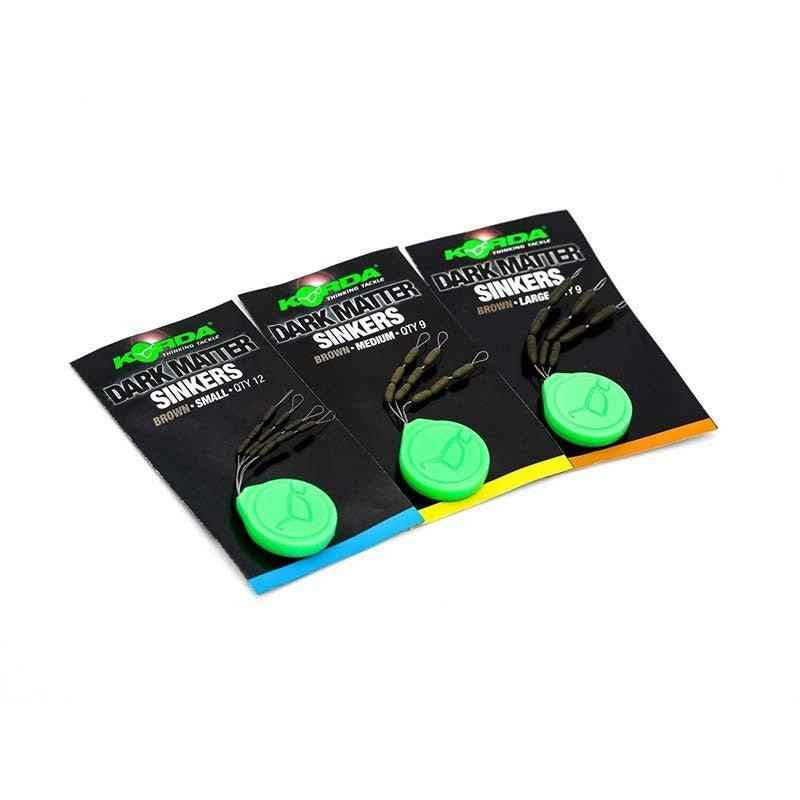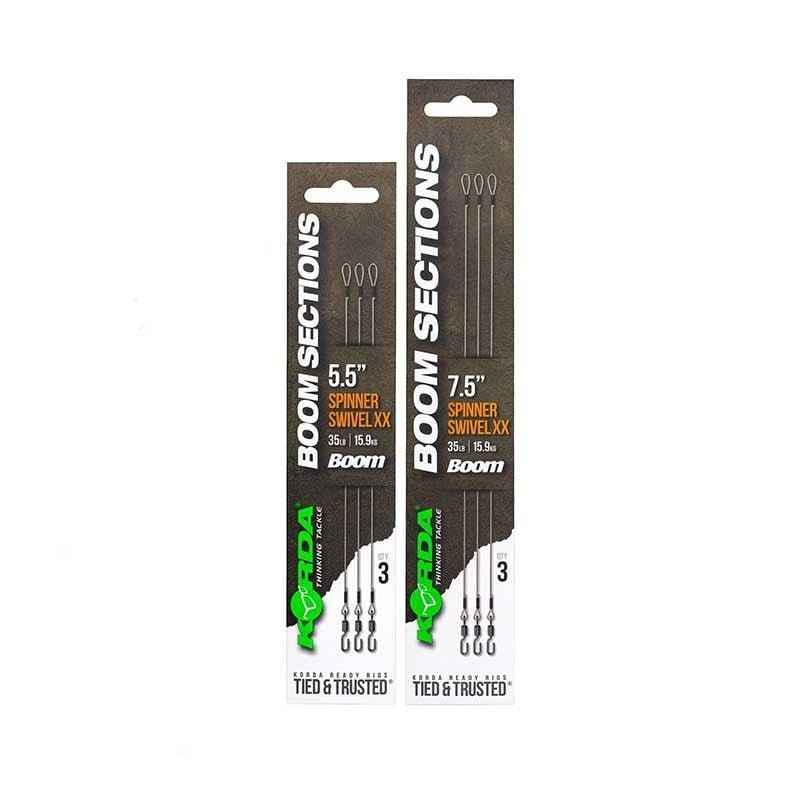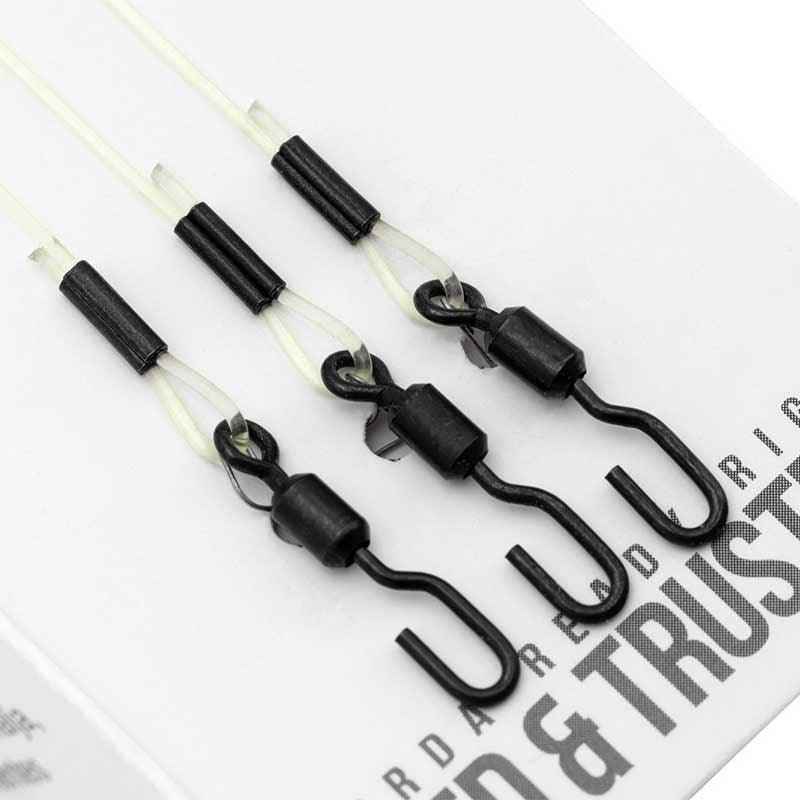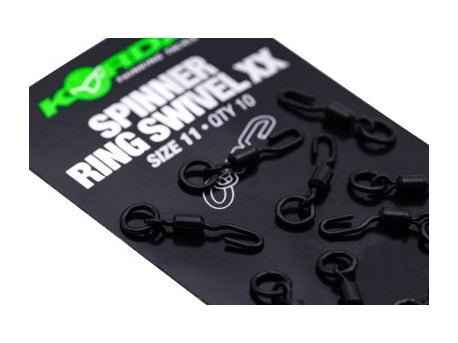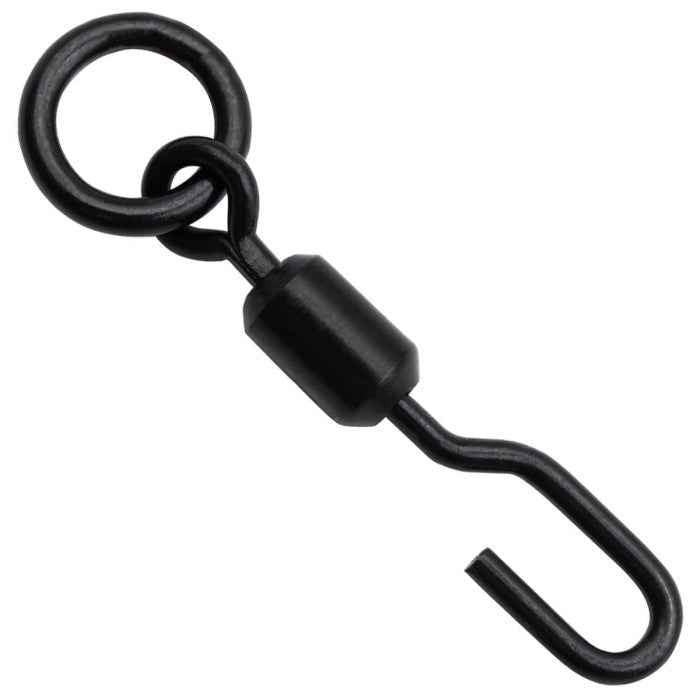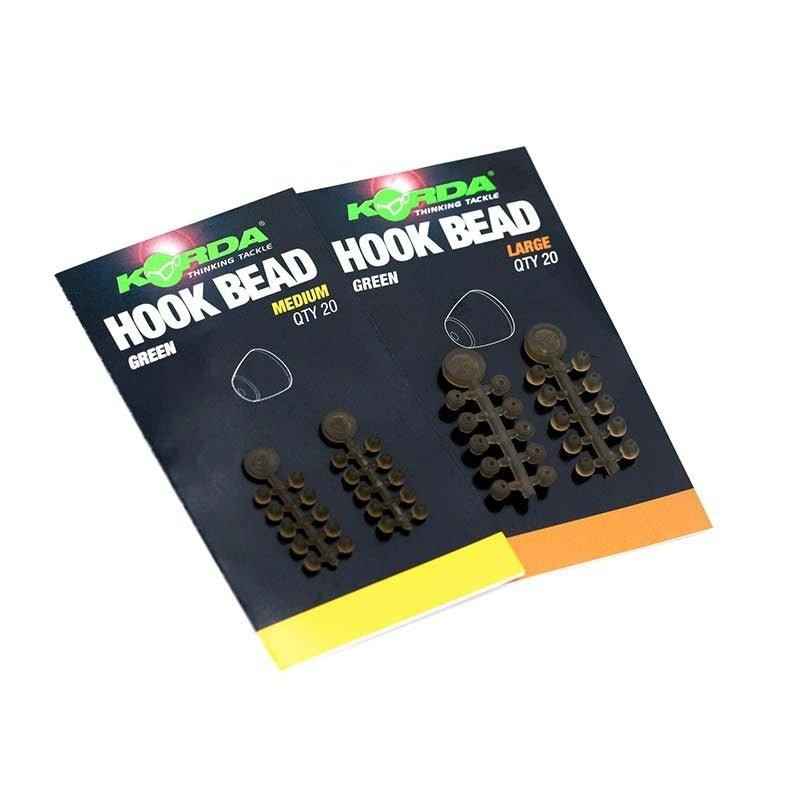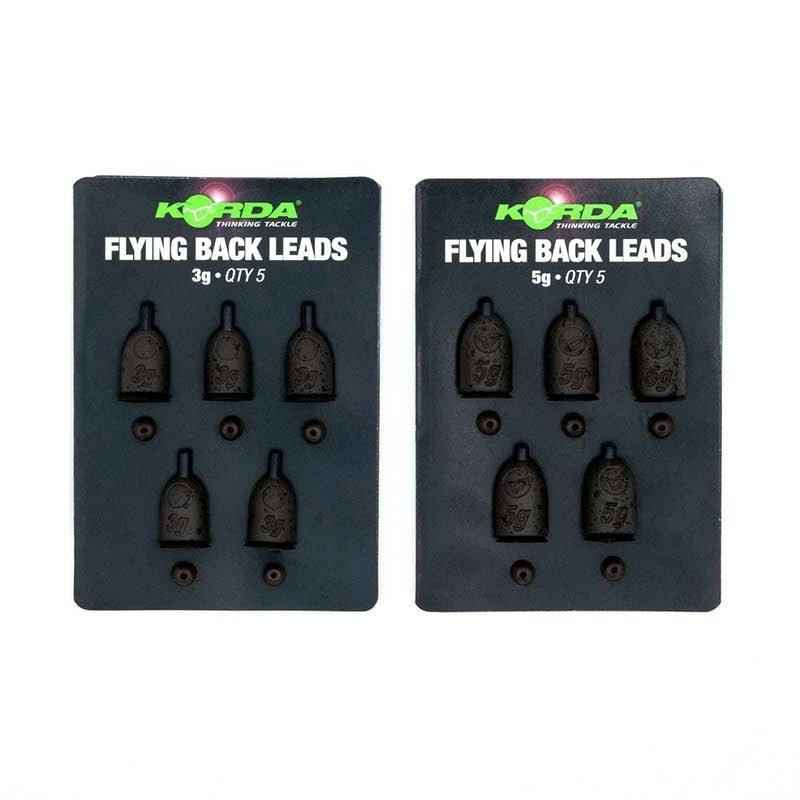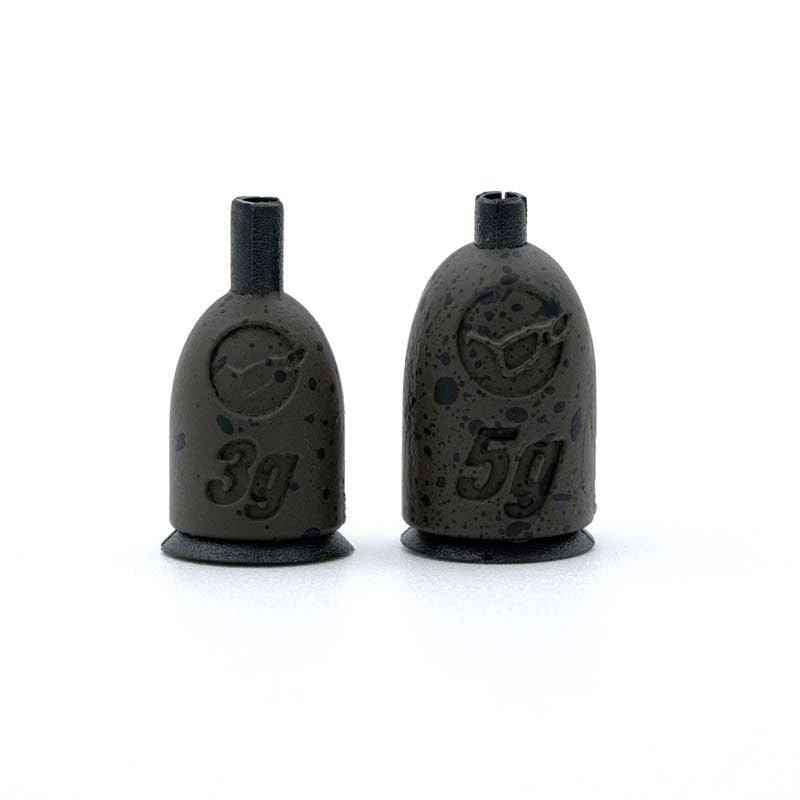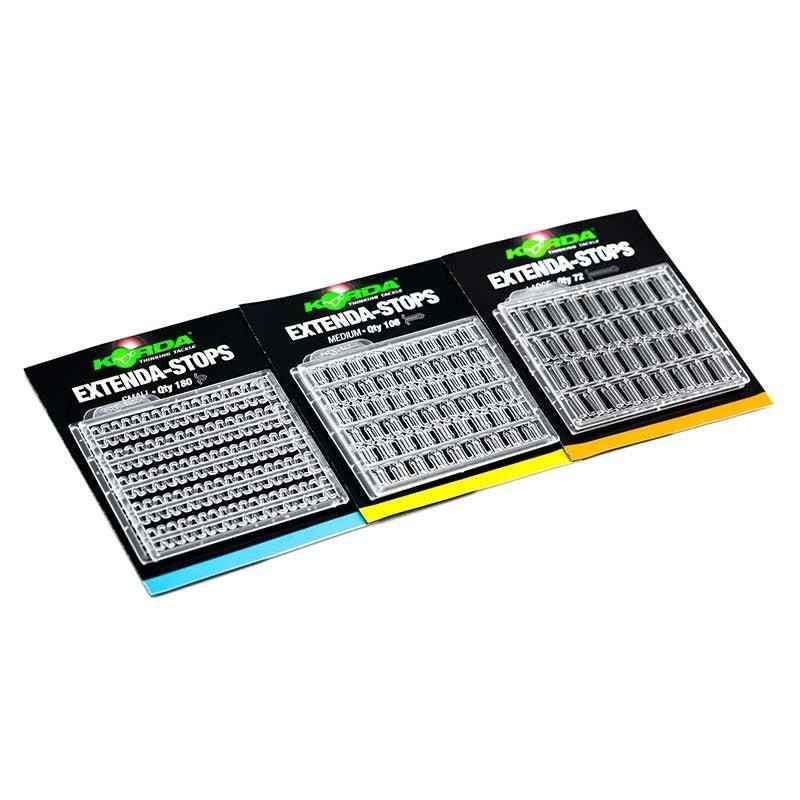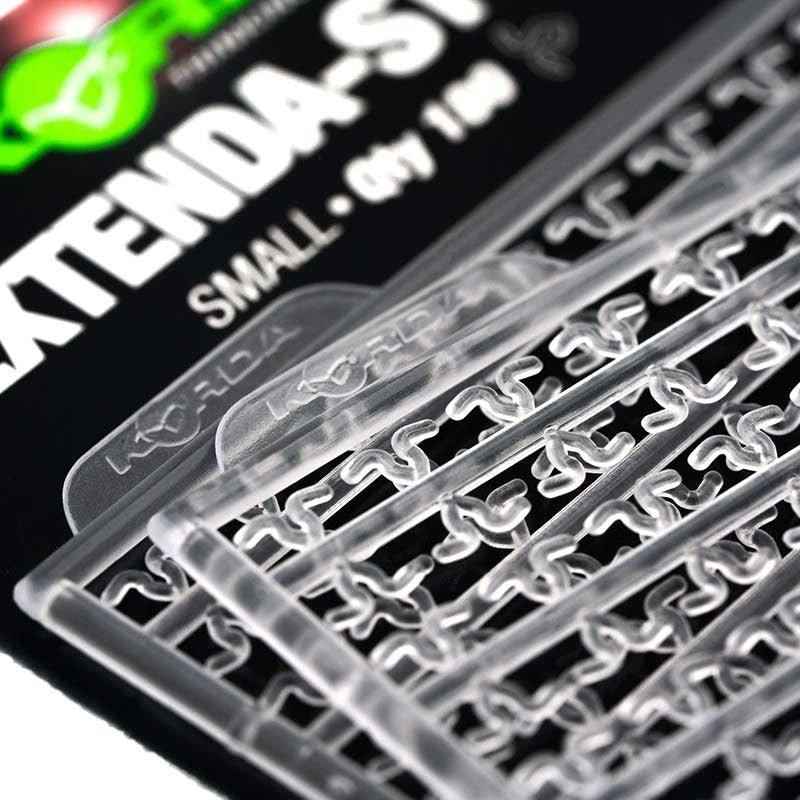Let's be honest: PVA should be your best friend, but for many, it's a nightmare. It's that net, that transparent bag that promises to create a little paradise for carp right around your hook, but which often turns into a disaster.
The fears are always the same: " What if it melts before I hit the bottom? ", " How can I avoid creating a huge tangle? ", " What the hell can I put in it without it disintegrating? ". These questions are the reason why so many carp anglers, after a couple of failed attempts, relegate PVA to a corner of the bag, missing out on one of the most effective techniques ever.
The goal of this guide is simple: to give you speed, strategy, and confidence . By the end of this reading, you'll not only know how to use PVA, but you'll know which one to use, and you'll do it with the speed and confidence of a competitor.
Why Our PVA Advice Works
Instead of repeating the instructions on the packaging, we bring you our firsthand experience. I'm Valentino D'Intino, and the advice you're about to read is the result of two things:
- Years spent on the banks: I've learned firsthand what works and what doesn't. Tricks like the one I'll reveal to you shortly, about piercing the bag, aren't learned from books, but only after hundreds of casts, some perfect, some disastrous.
- Listening to our customers: Every day we answer the questions of carp anglers like you. We understand your concerns because they're the same ones we're constantly asked. This guide was created to answer those questions, once and for all.
Enough theory. Let's get serious.
1. Tools of the Trade: Net, Bags, or Thread? The Strategic Choice
This is where the biggest confusion arises. There's no "best" tool; there's just the right one for the job.
The Network (Mesh System)
It's a tube containing a fine-mesh net. With the help of a plunger, it allows you to create very compact and aerodynamic "sausages" or "sticks" of groundbait.
- When to use it? For maximum precision and long casts. A thin stick flies like a rocket and ensures a delicate presentation, with a small amount of highly concentrated food around the hook.
- Recommended Product: A complete system is the best choice for beginners. Korda Funnel Web System It's been the benchmark for years. It's easy to use, sturdy, and the network quality is impeccable.

The Bags (Solid Bags)
They are exactly what they sound like: solid bags, without holes, that you can fill with a mix of baits.
- When to use them? They're deadly on "dirty" bottoms (grass, debris, soft mud) and whenever you want 100% guaranteed perfect presentation. By placing the entire rig inside, you can be sure nothing will get tangled or caught on any obstacles on the bottom. The bait will only come out of the bag once it has dissolved, appearing on a "plate" of groundbait.
- Recommended product: Robustness is everything here, to avoid breakages when throwing. Korda Solidz PVA Bags They are extra-strong, dissolve without leaving residue and are available in various sizes to suit every need.

The Thread (PVA String)
It's a PVA thread or braid. It's the simplest tool, but no less effective.
- When is it used? To create boilie "stringers." Tie 2-3 boilies to the line and attach the whole thing to the hook. It's a quick way to get some free bait around the hookbait without using dry groundbait. Excellent for fast fishing.
- Recommended product: You need a thread that dissolves well but is resistant to the traction of the cast. Korda PVA Braided String It's a sturdy braid that doesn't break and comes undone perfectly.

2. The Golden Rule: What to Put (and What to NEVER Put) in Your PVA
PVA (Polyvinyl Alcohol) has only one enemy: water . Any water-based ingredient will dissolve it.
-
PVA-FRIENDLY Ingredients (Green Light):
- Pellets of all types
- Whole, crumbled or cracked boilies (as long as they are dry)
- Micro-particles and dry grains (corn, hemp, tigernuts)
- Groundbaits and flours (Method mix, stick mix)
- Liquids, boosters and grains labeled " PVA Friendly " (oil or glycol based)
-
PVA-KILLER Ingredients (Avoid like the plague):
- Water (obviously)
- Wet grains (canned corn, cooked and undried hemp)
- Boilies just soaked or dipped in water-based liquids
- Any liquid not specifically "PVA Friendly"
3. Competition Technique: 3 Tricks for a Foolproof PVA
Here are three secrets that will change the way you use PVA forever.
-
The Secret of the Pocked Bag: Have you ever seen your bag "glide" through the air and land far from your intended target? It's the parachute effect, caused by the air trapped inside. Solution: Once the bag is closed, poke holes in it 5-6 times with a baiting needle. The air will escape, the bag will sink like a rock, and your throw will be incredibly more accurate. This trick alone is worth its weight in gold.
-
Tangle-Free Presentation: To be 101% sure your rig won't get tangled, when using a stick (with mesh), pass the hook through the sausage and lightly insert the point into the mesh. When using a bag , first insert a little groundbait, then gently place the rig and hook, and finally cover with more groundbait. Your rig will be protected to the last detail.
-
Compression is Power: When creating a stick with the mesh system, don't be shy. Use the plunger and compress the groundbait as much as you can . The denser and more compact the stick, the further and more accurately it will fly. The bag also needs the same treatment: crush and stress it!
Now you have no more excuses. Fear has vanished, replaced by knowledge. Take that net, that bag, and start building your perfect trap.

![PVA Carpfishing: La Guida che Trasforma la Tua Paura del Groviglio in una Macchina da Catture [2025] - Carpela](http://carpela.it/cdn/shop/articles/pva-carpfishing-la-guida-che-trasforma-la-tua-paura-del-groviglio-in-una-macchina-da-catture-2025-8579897.png?v=1759800697&width=1536)
